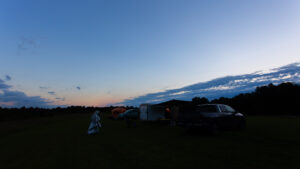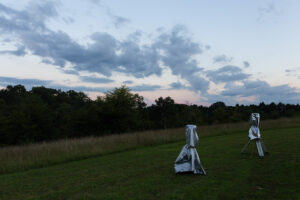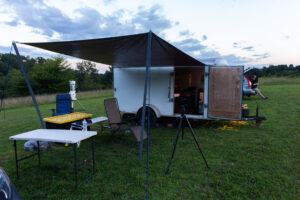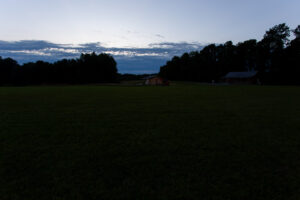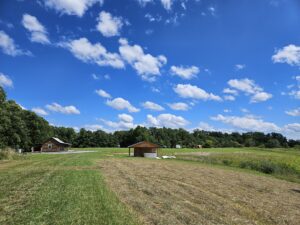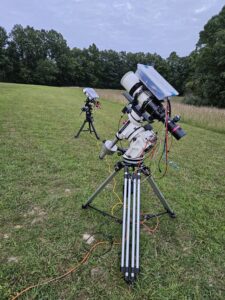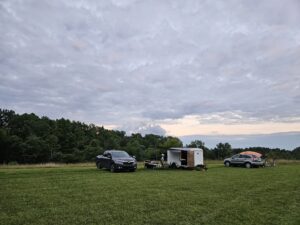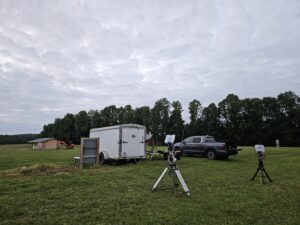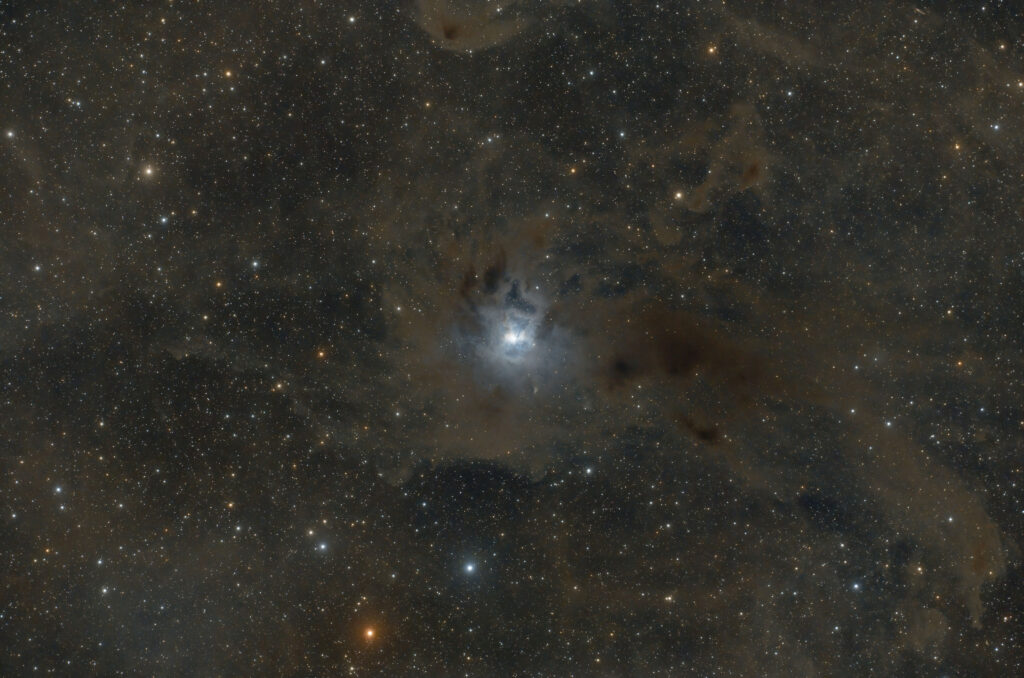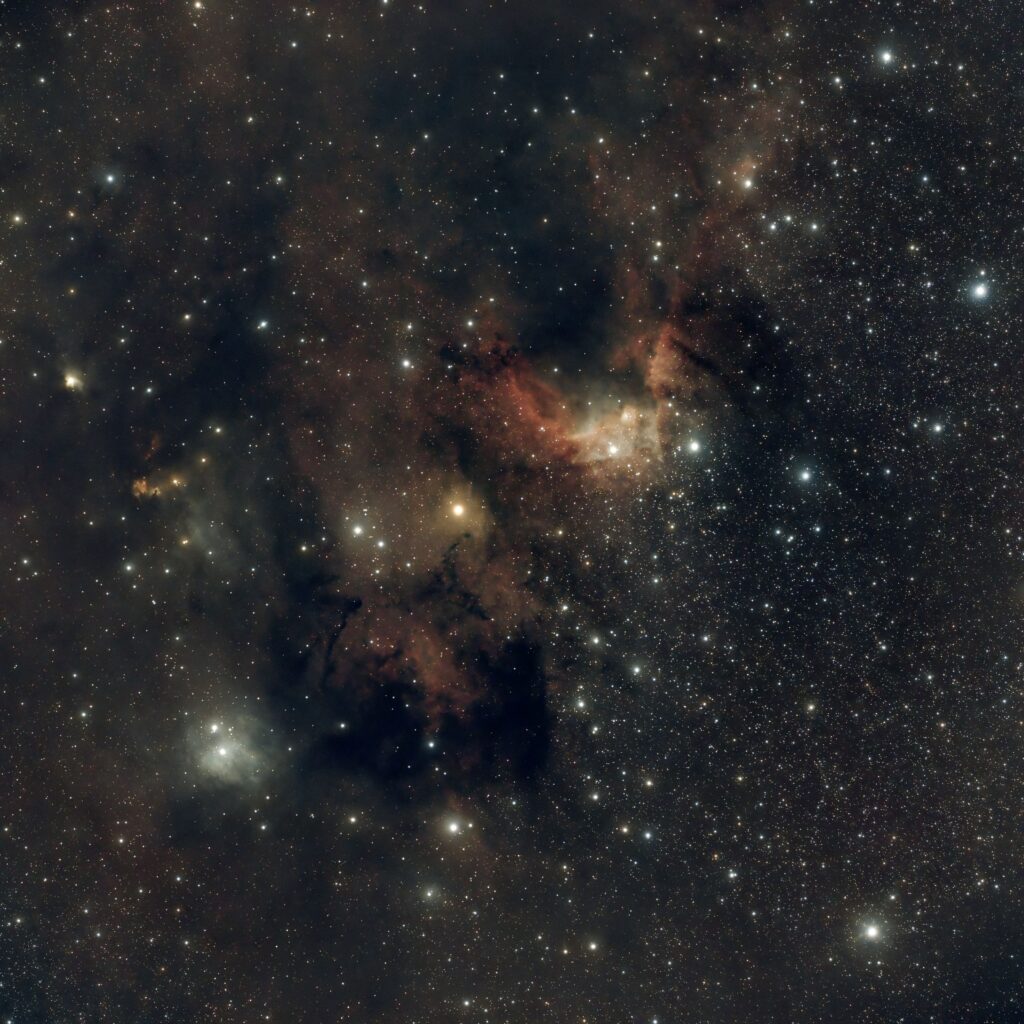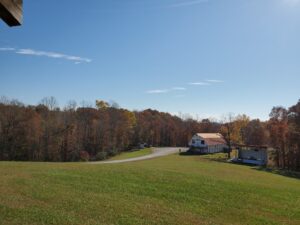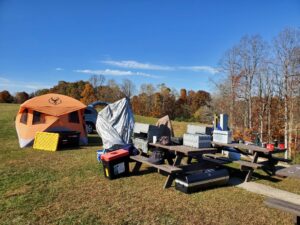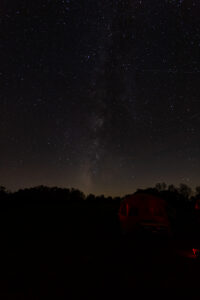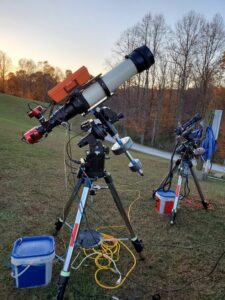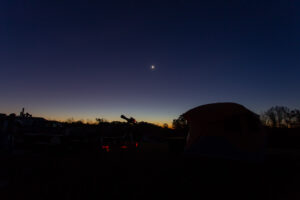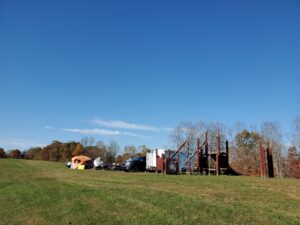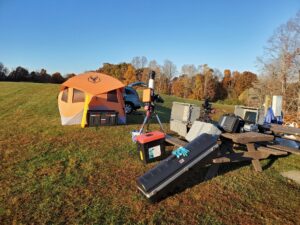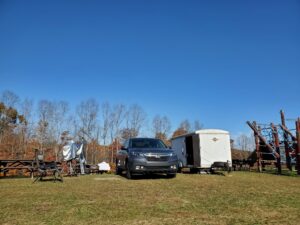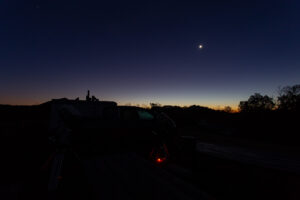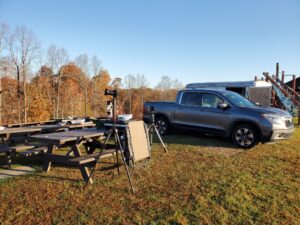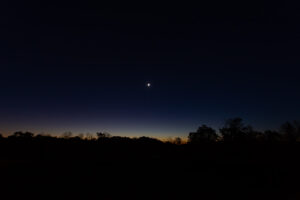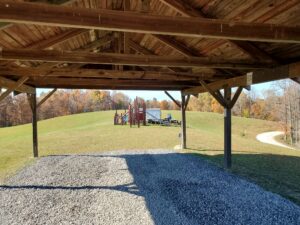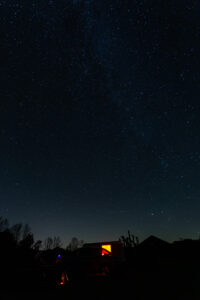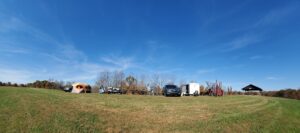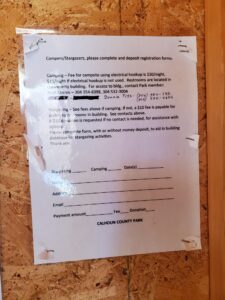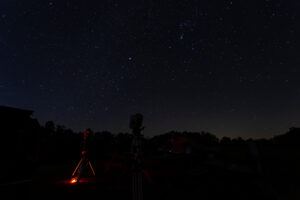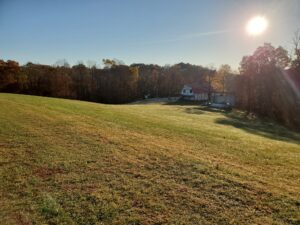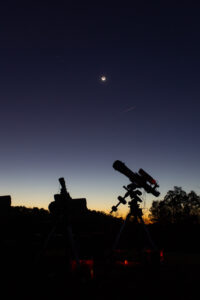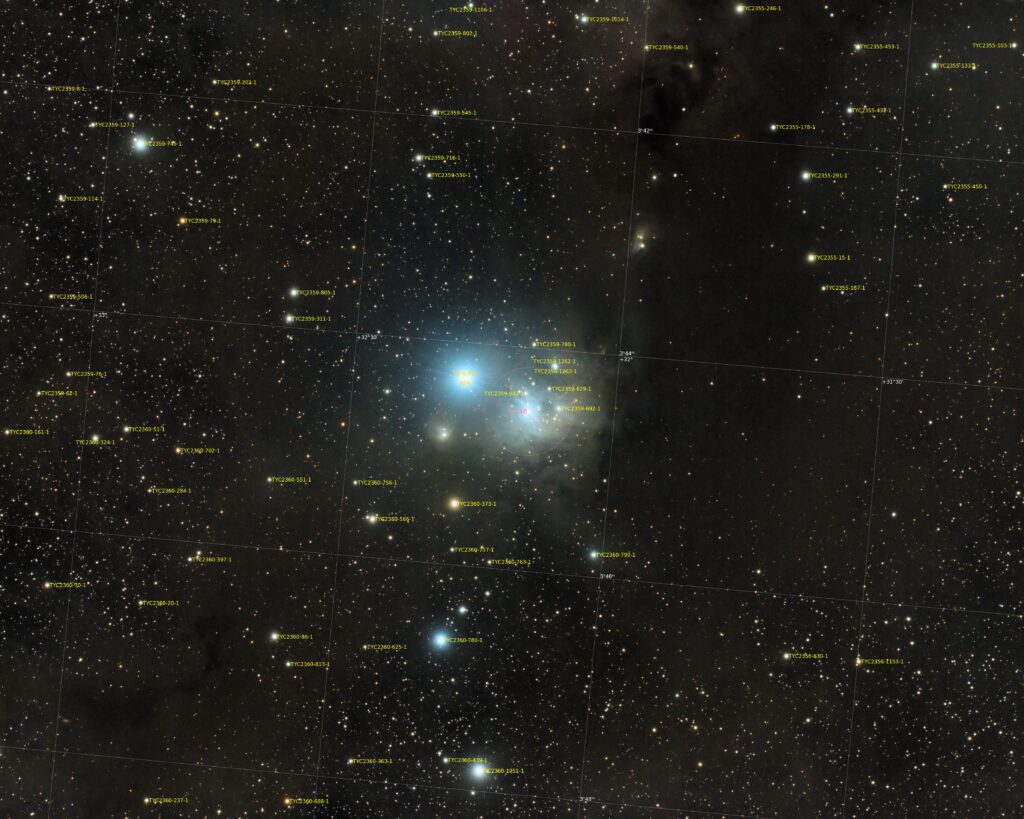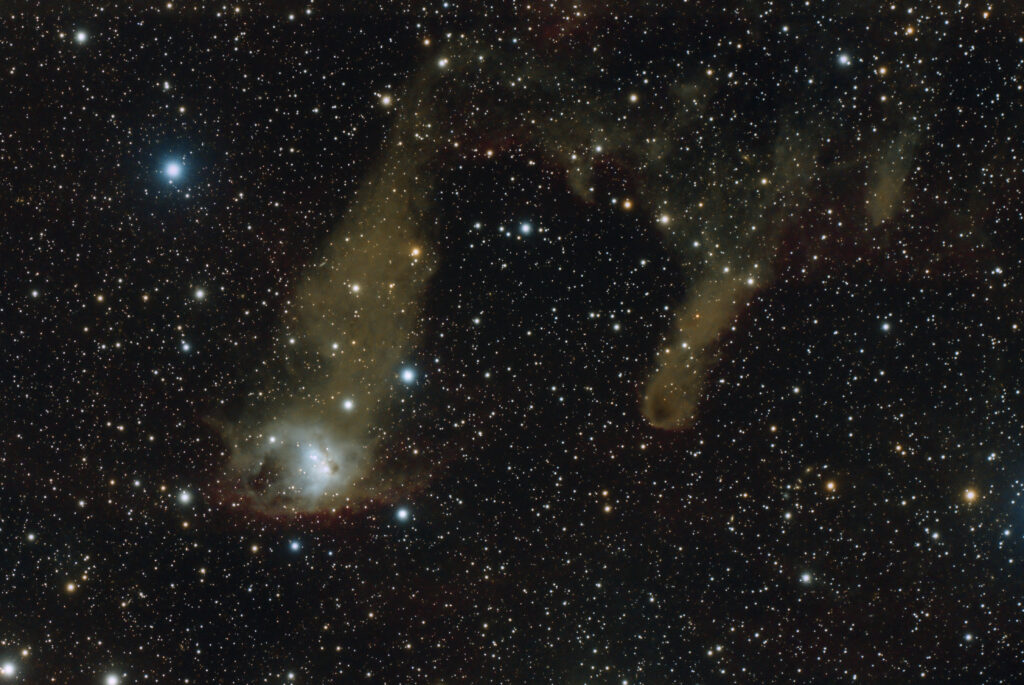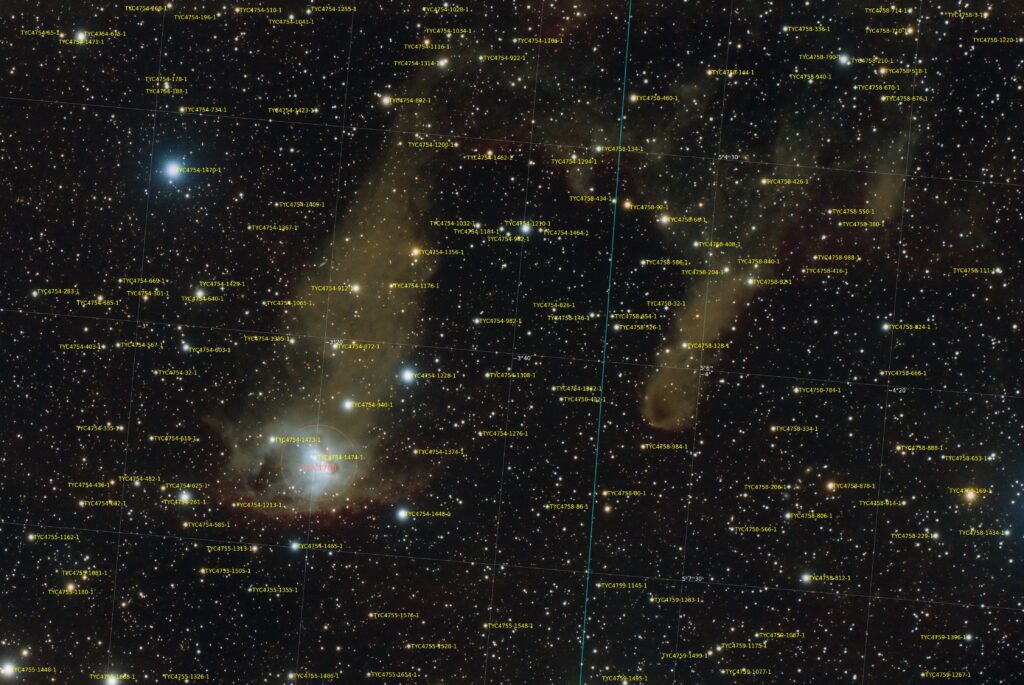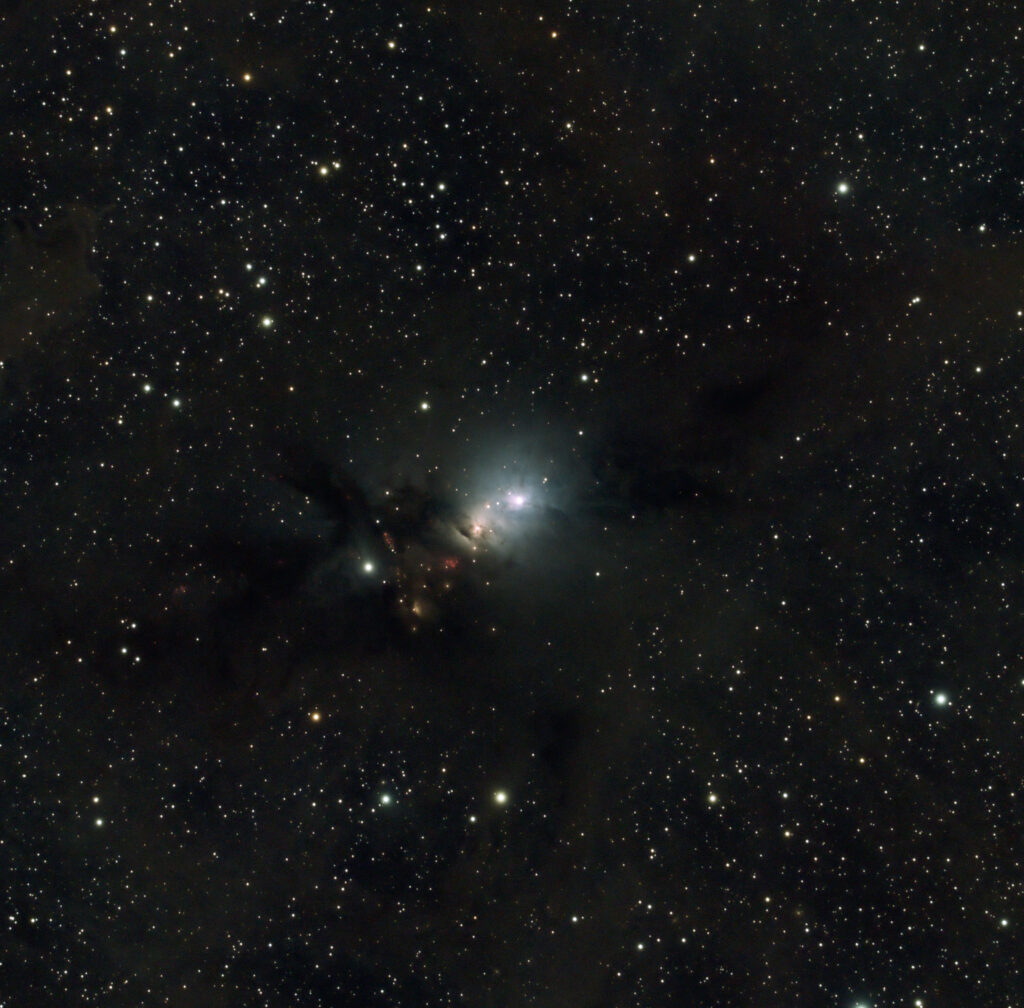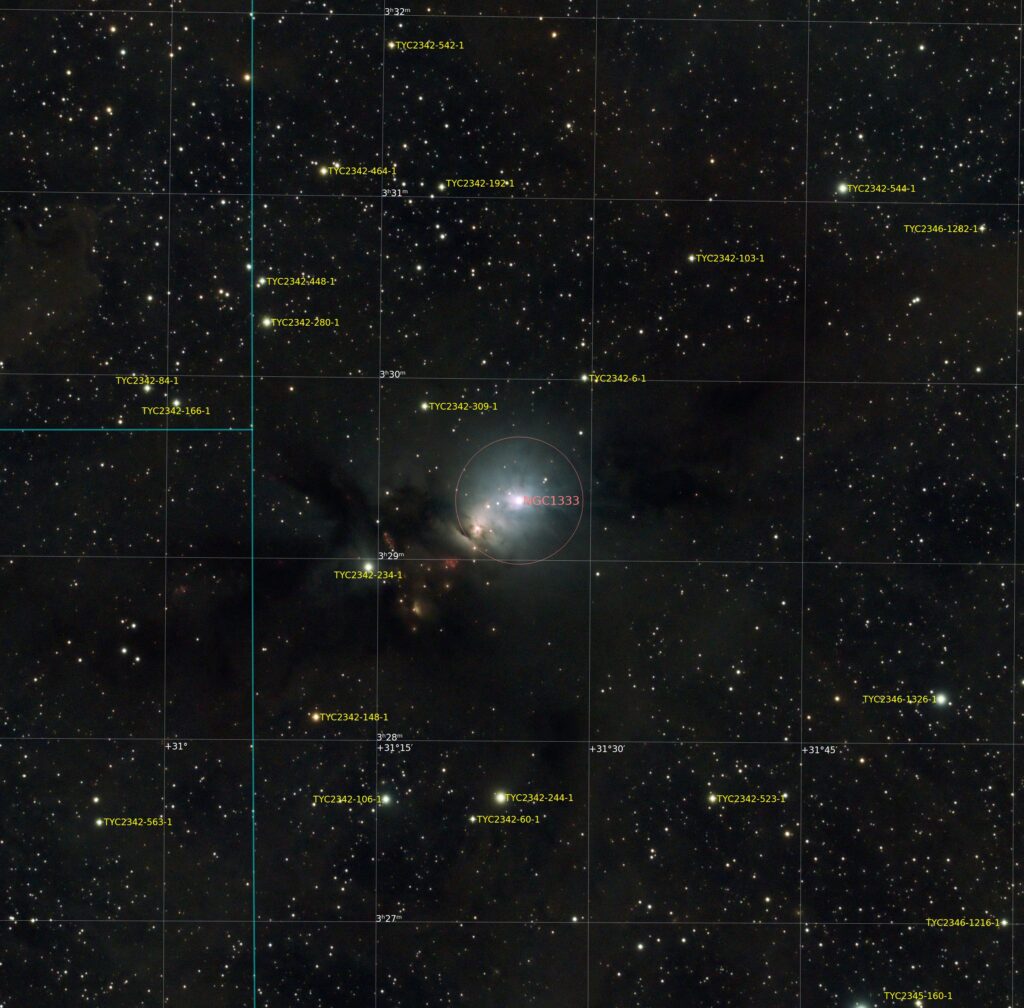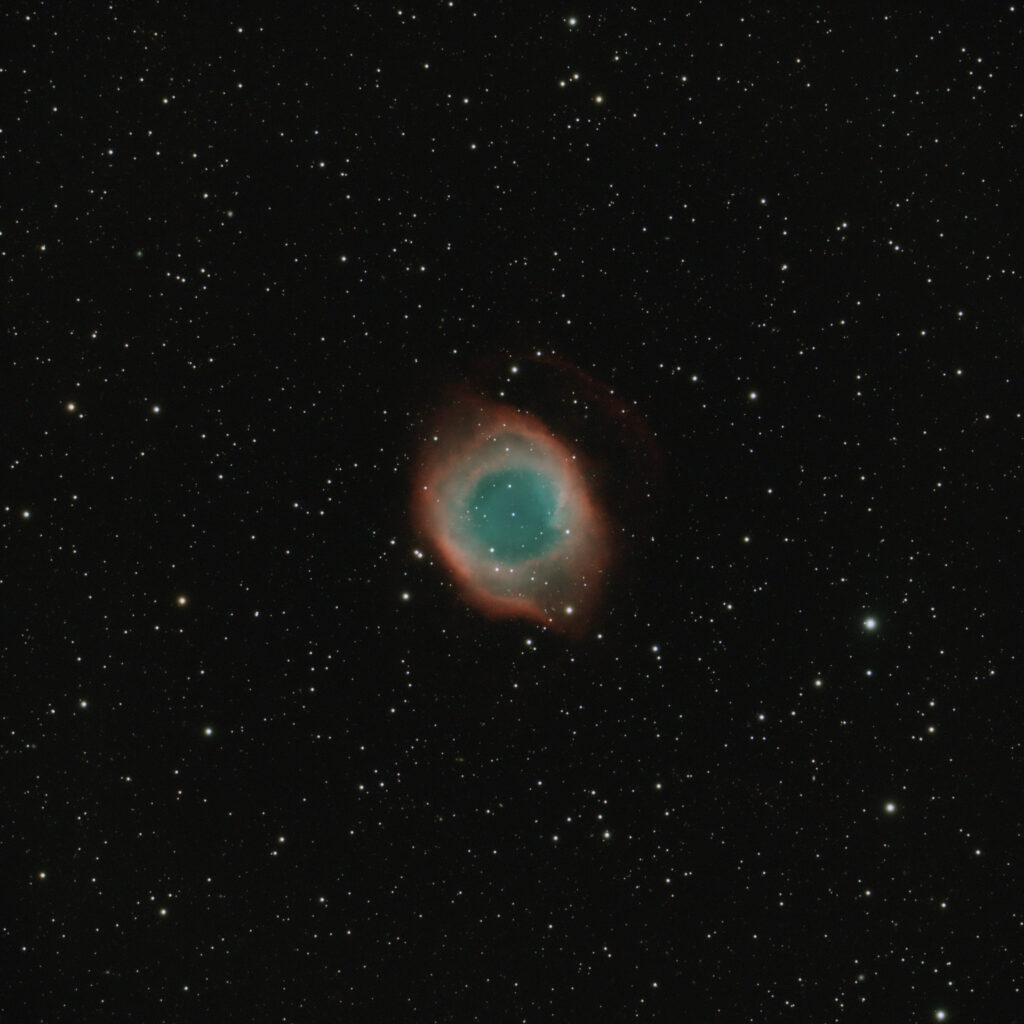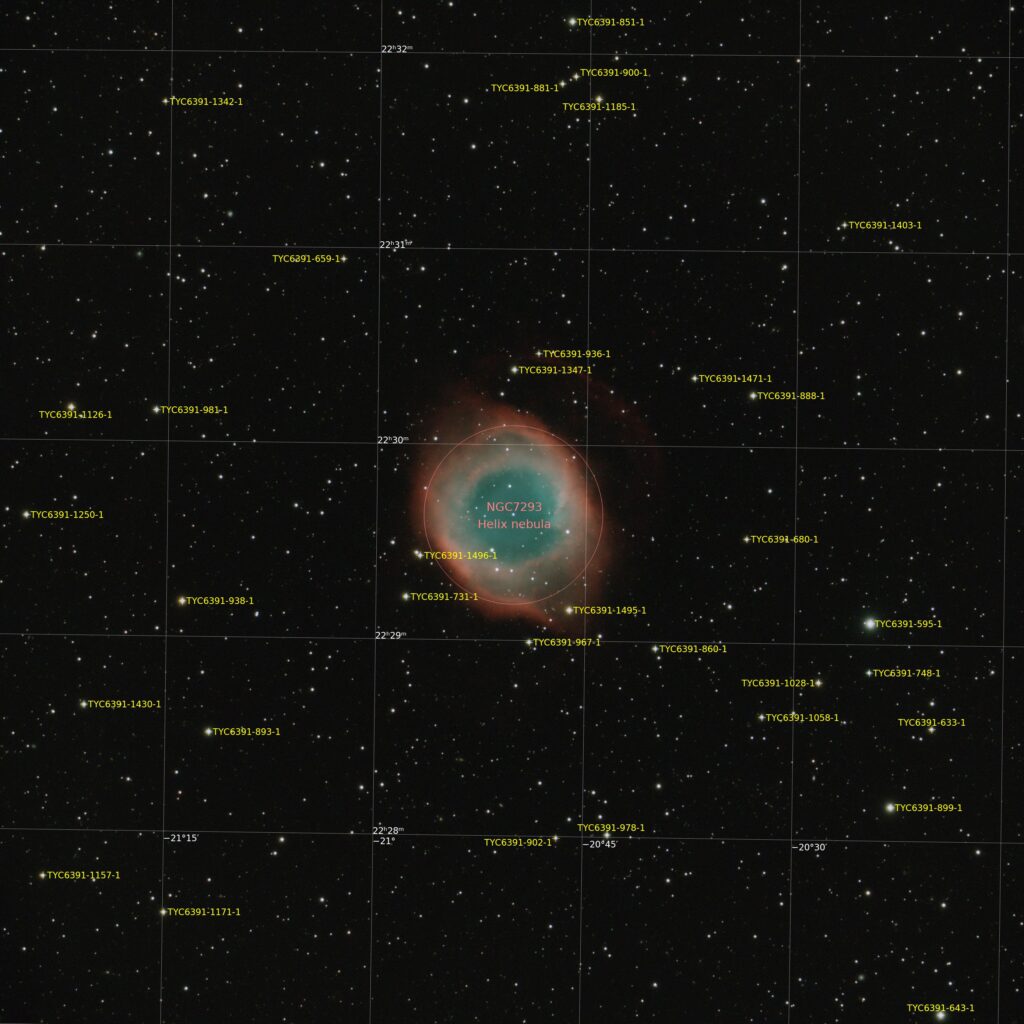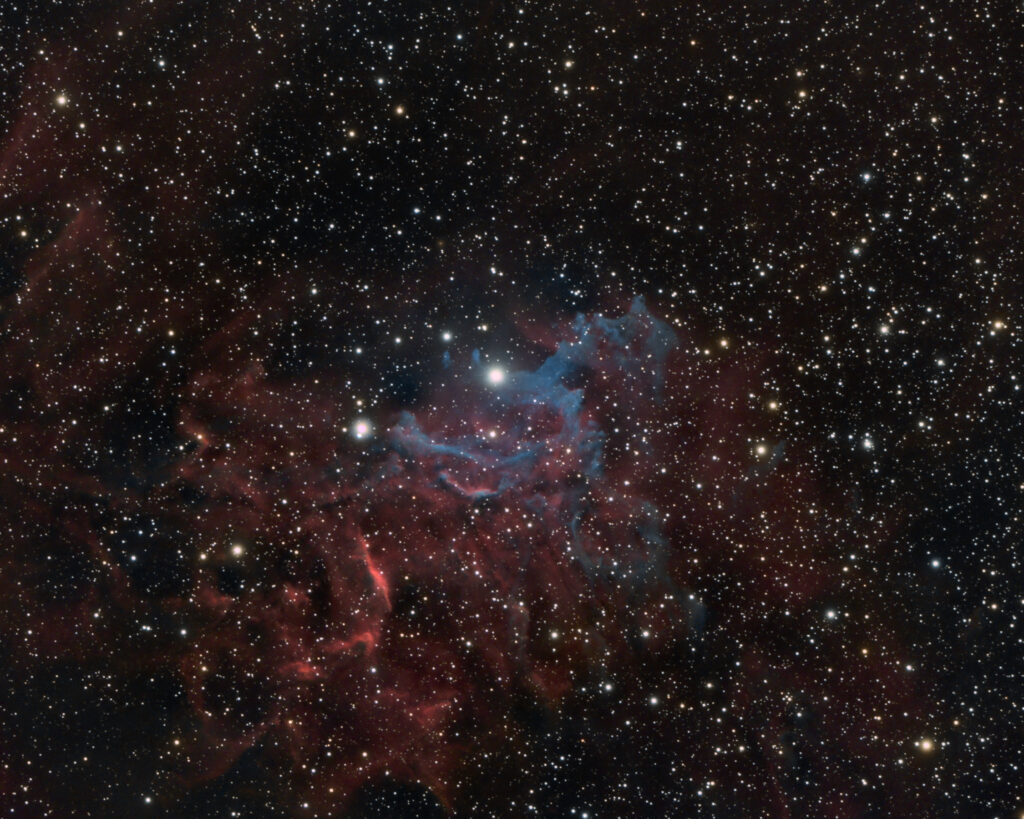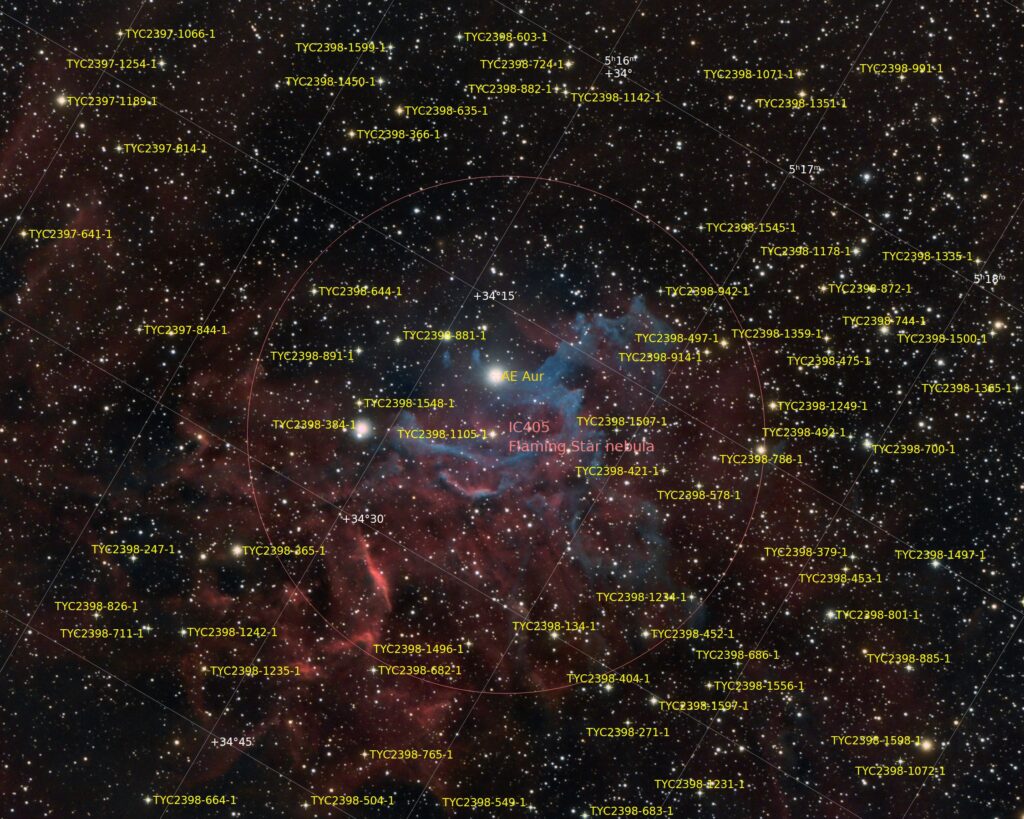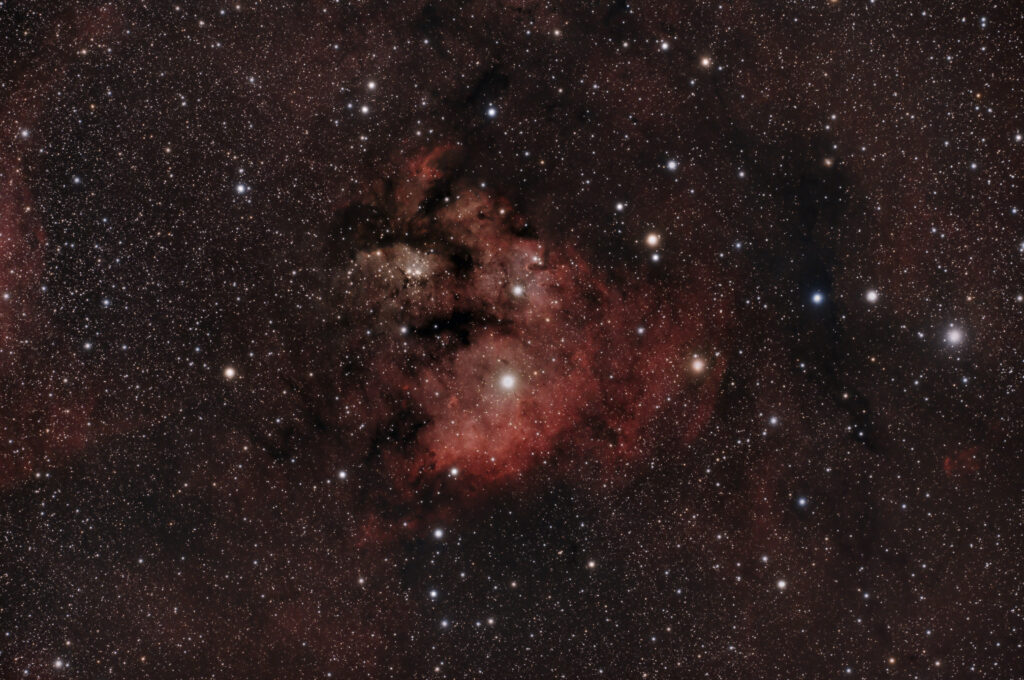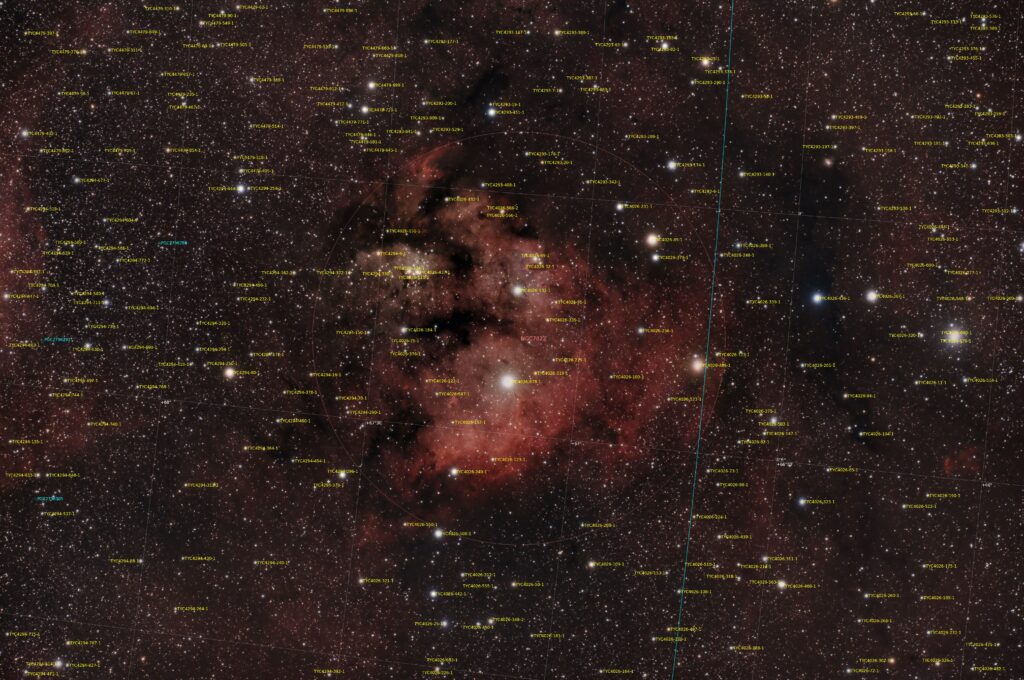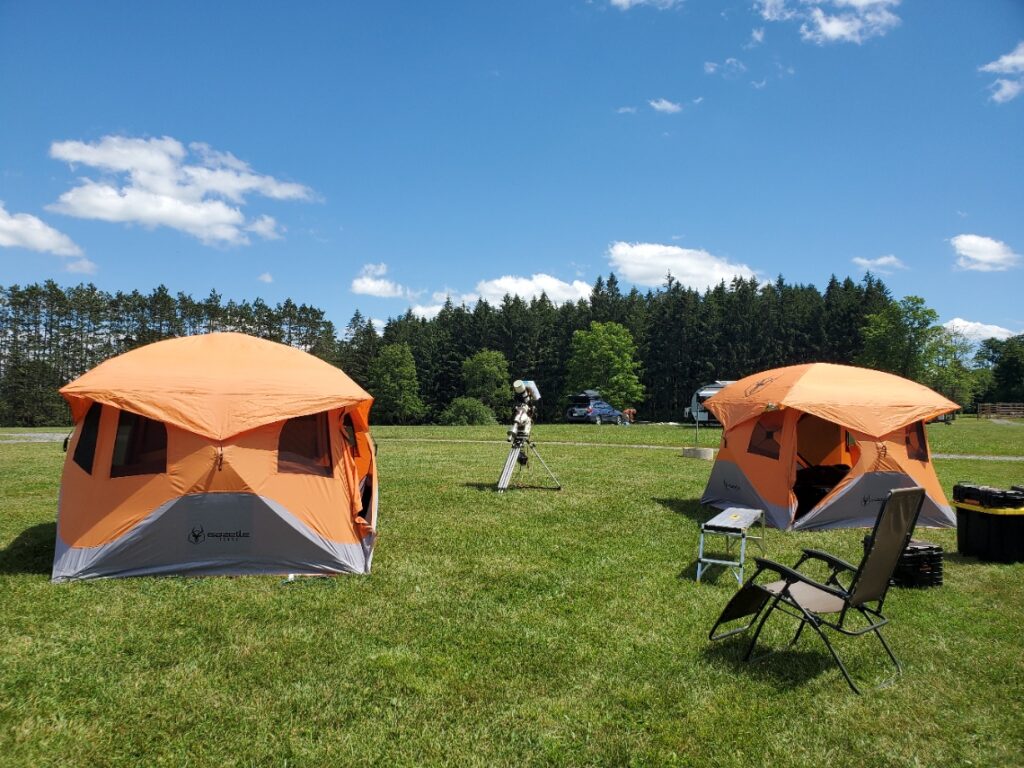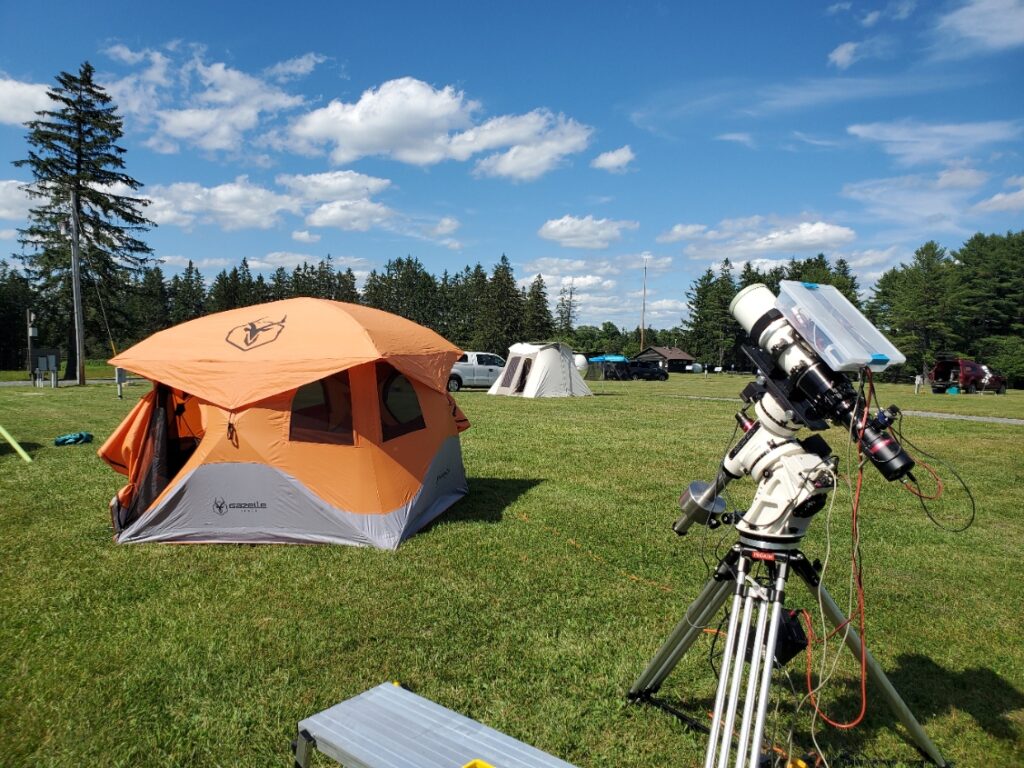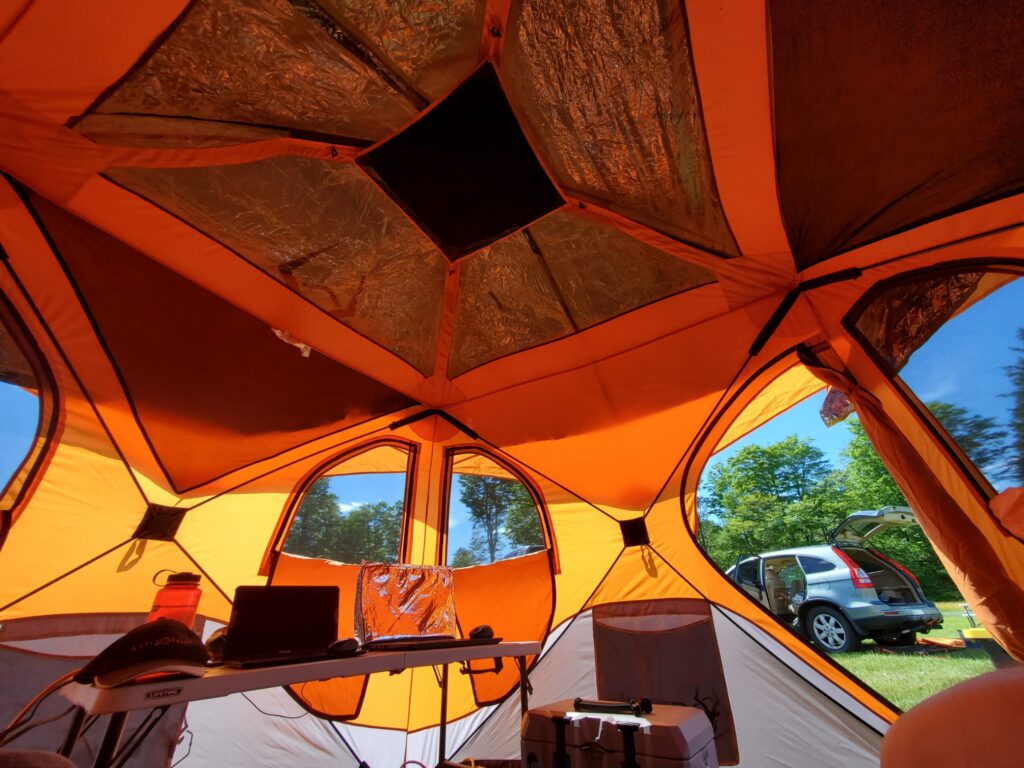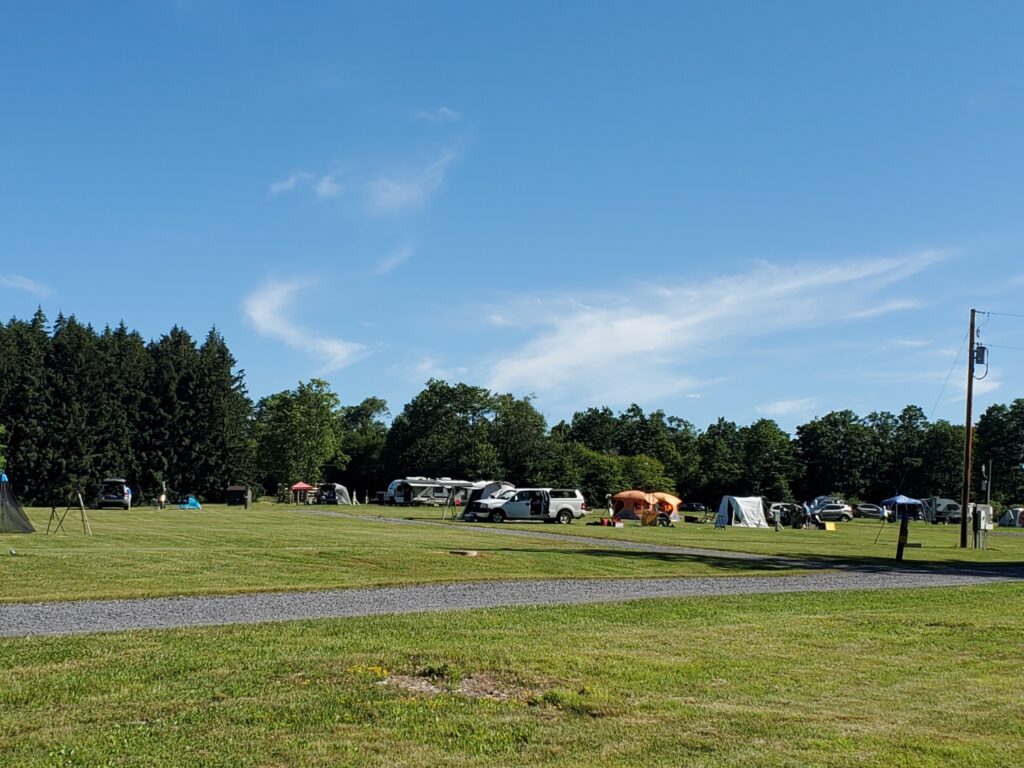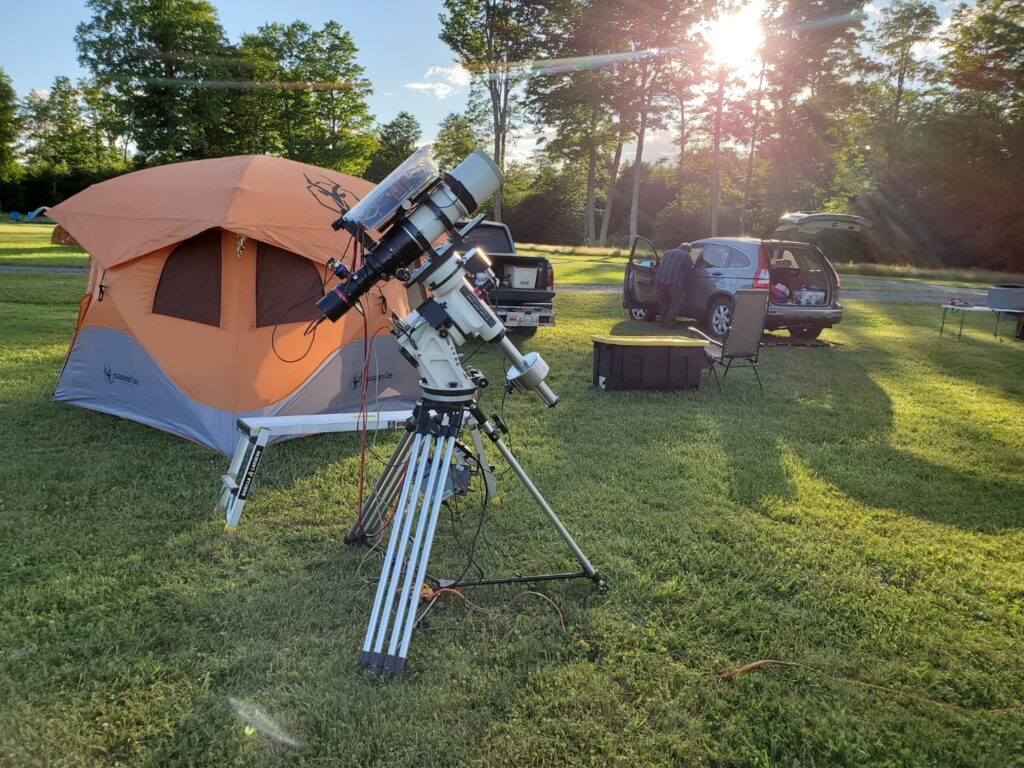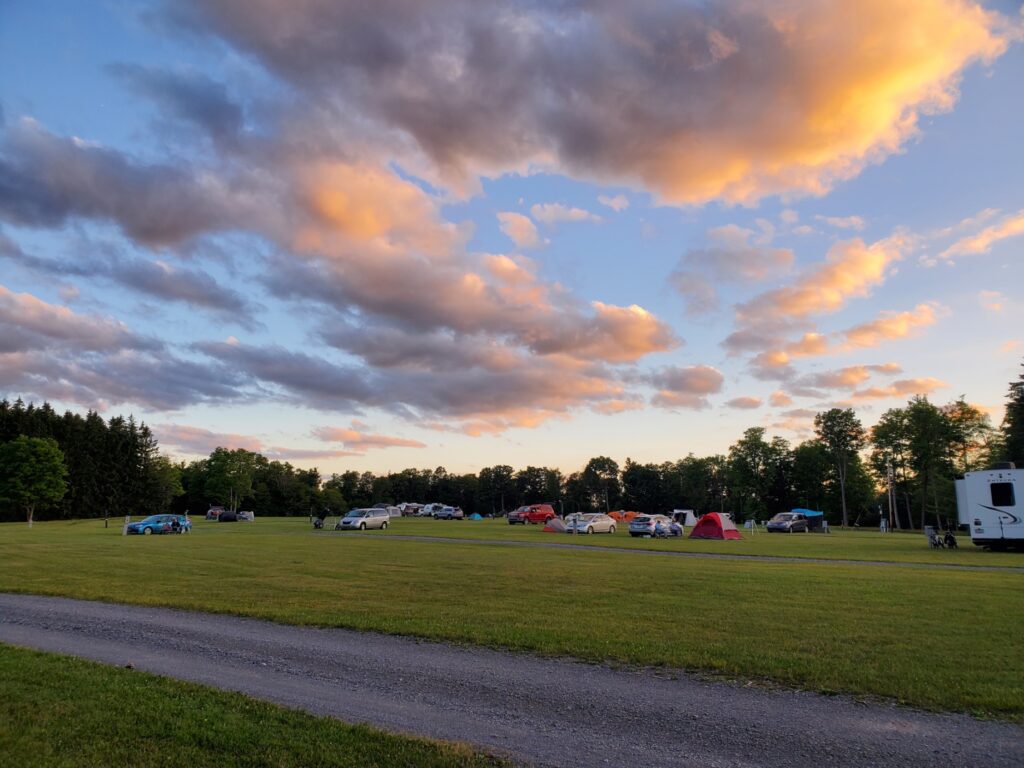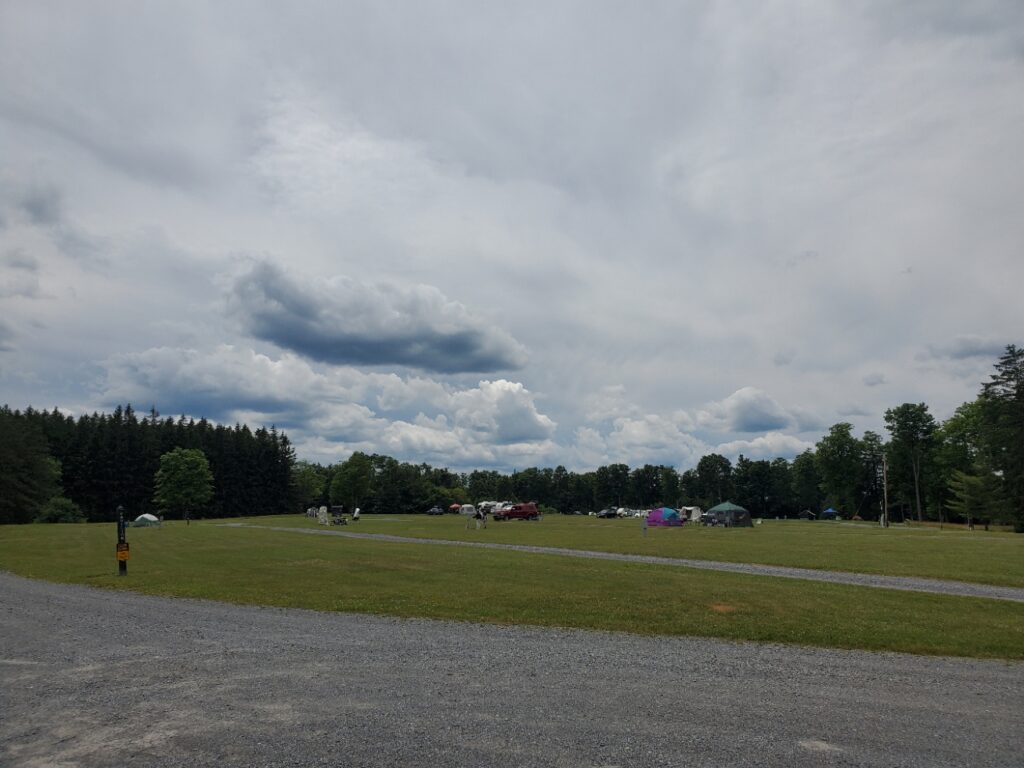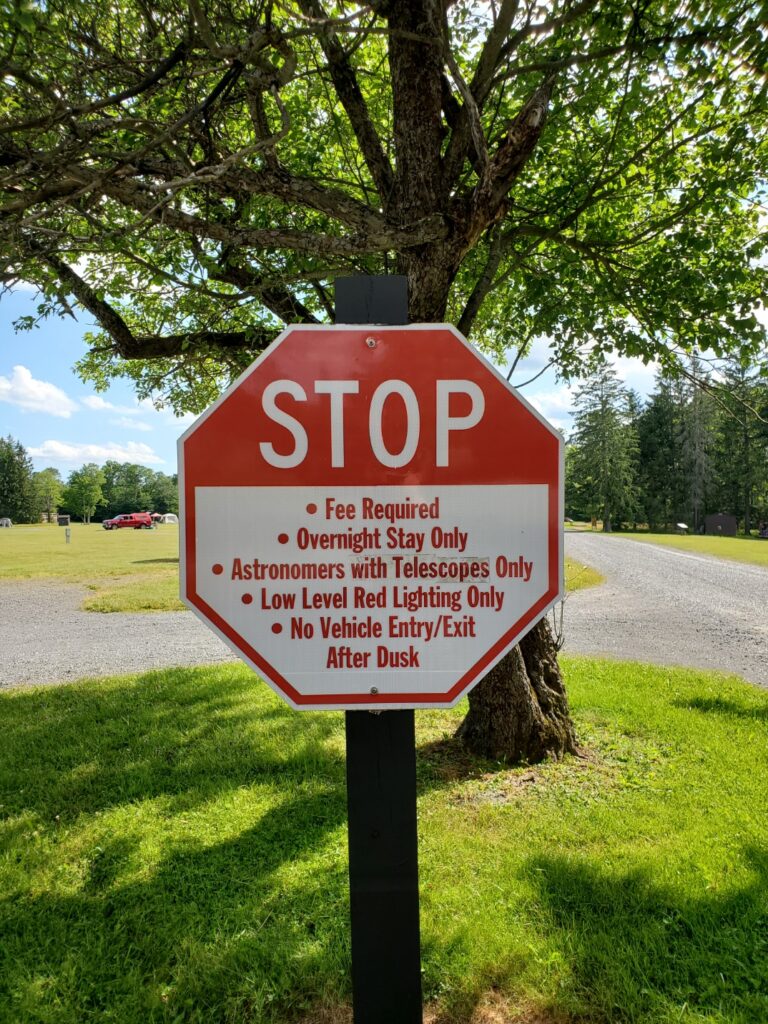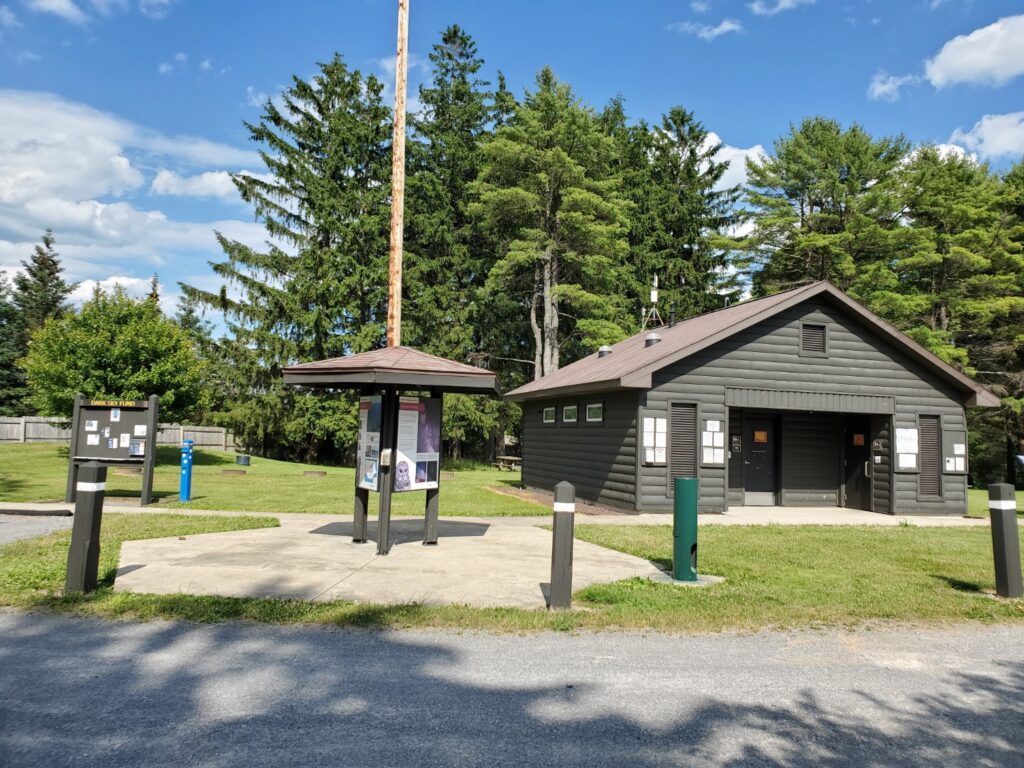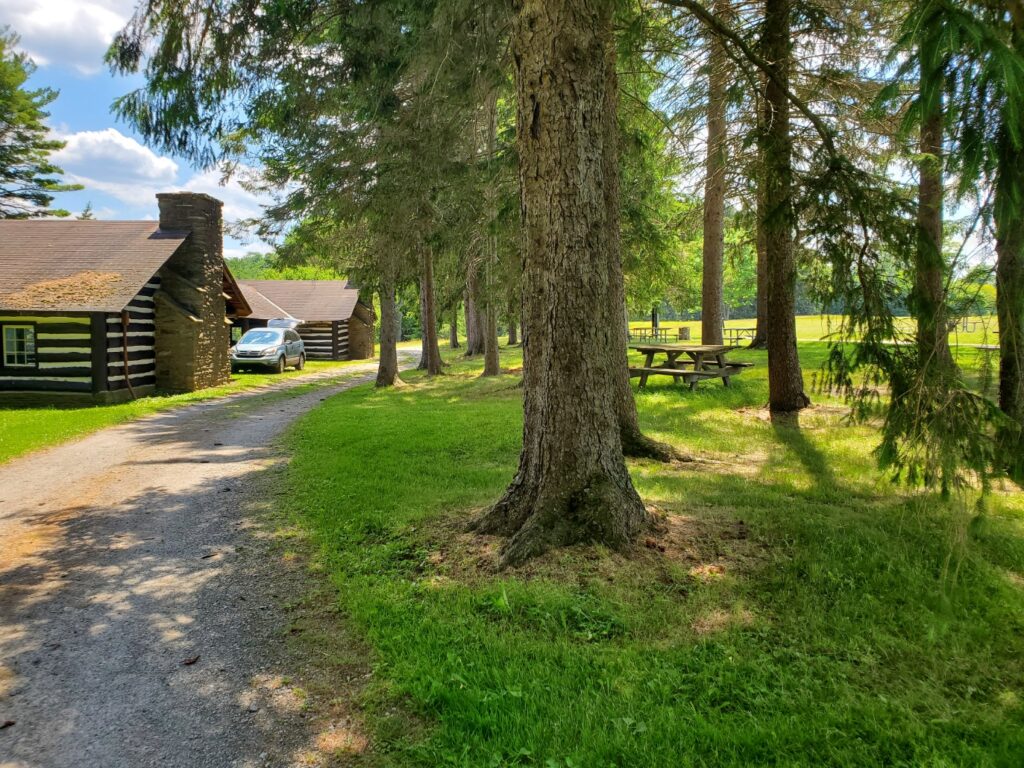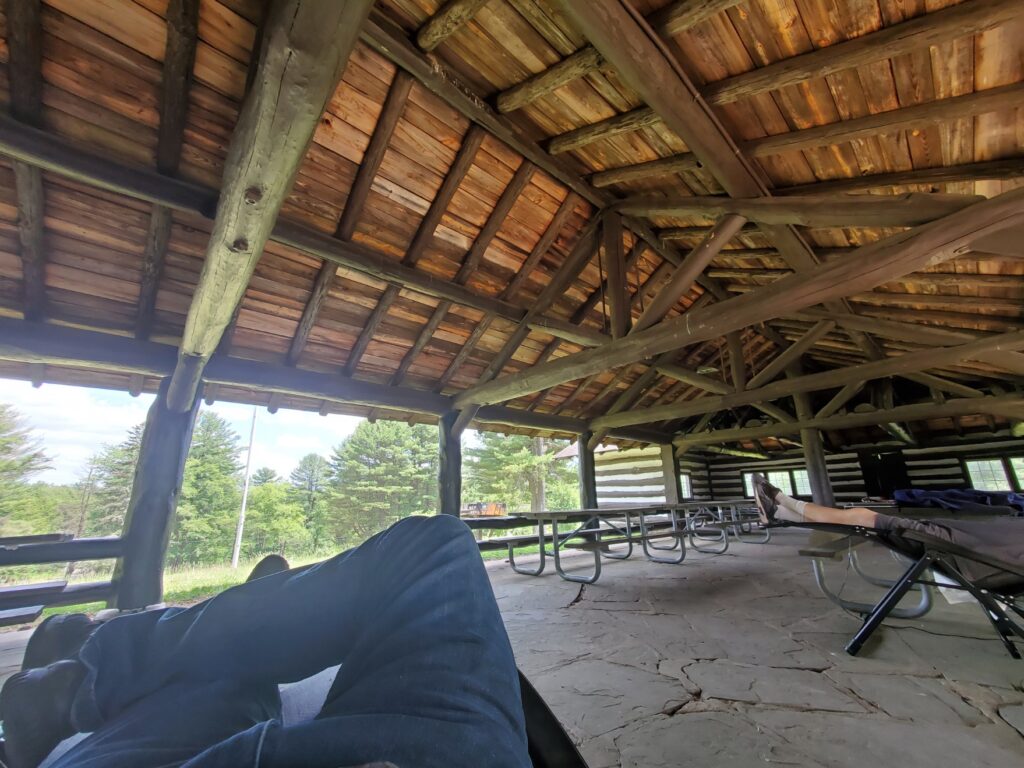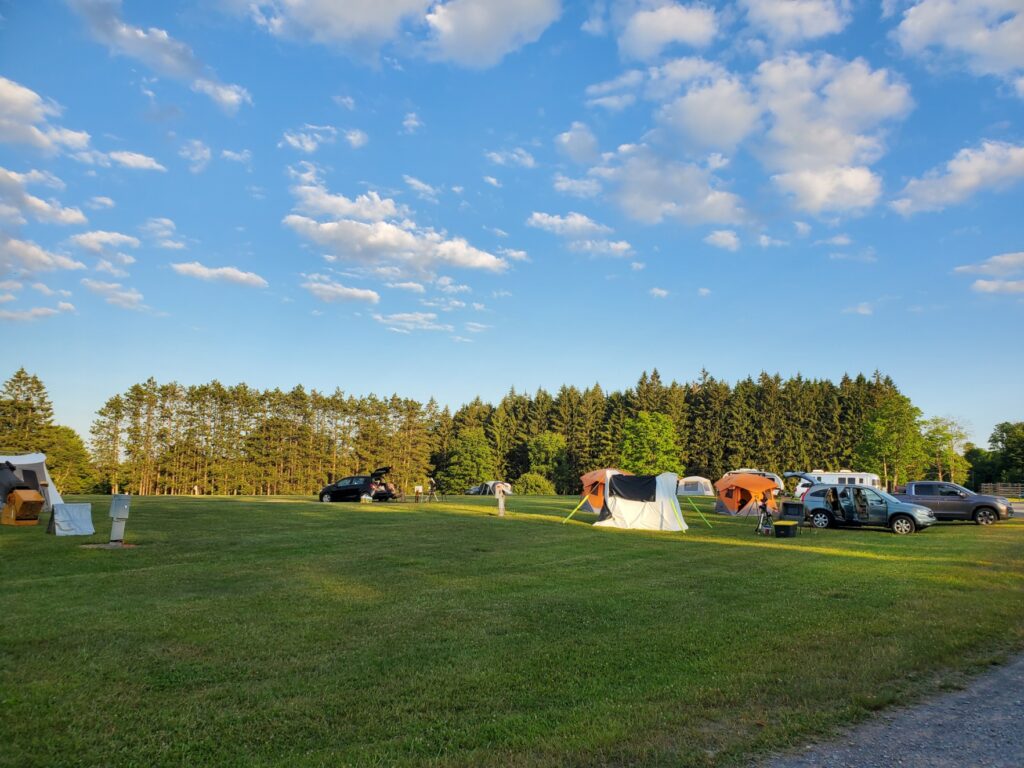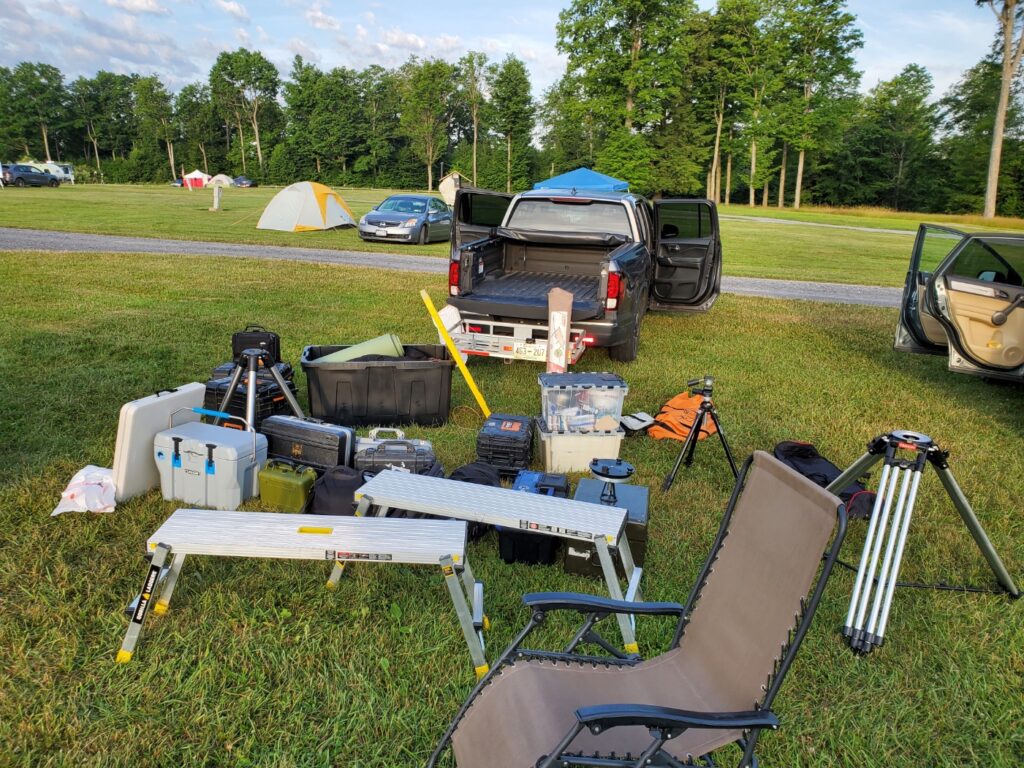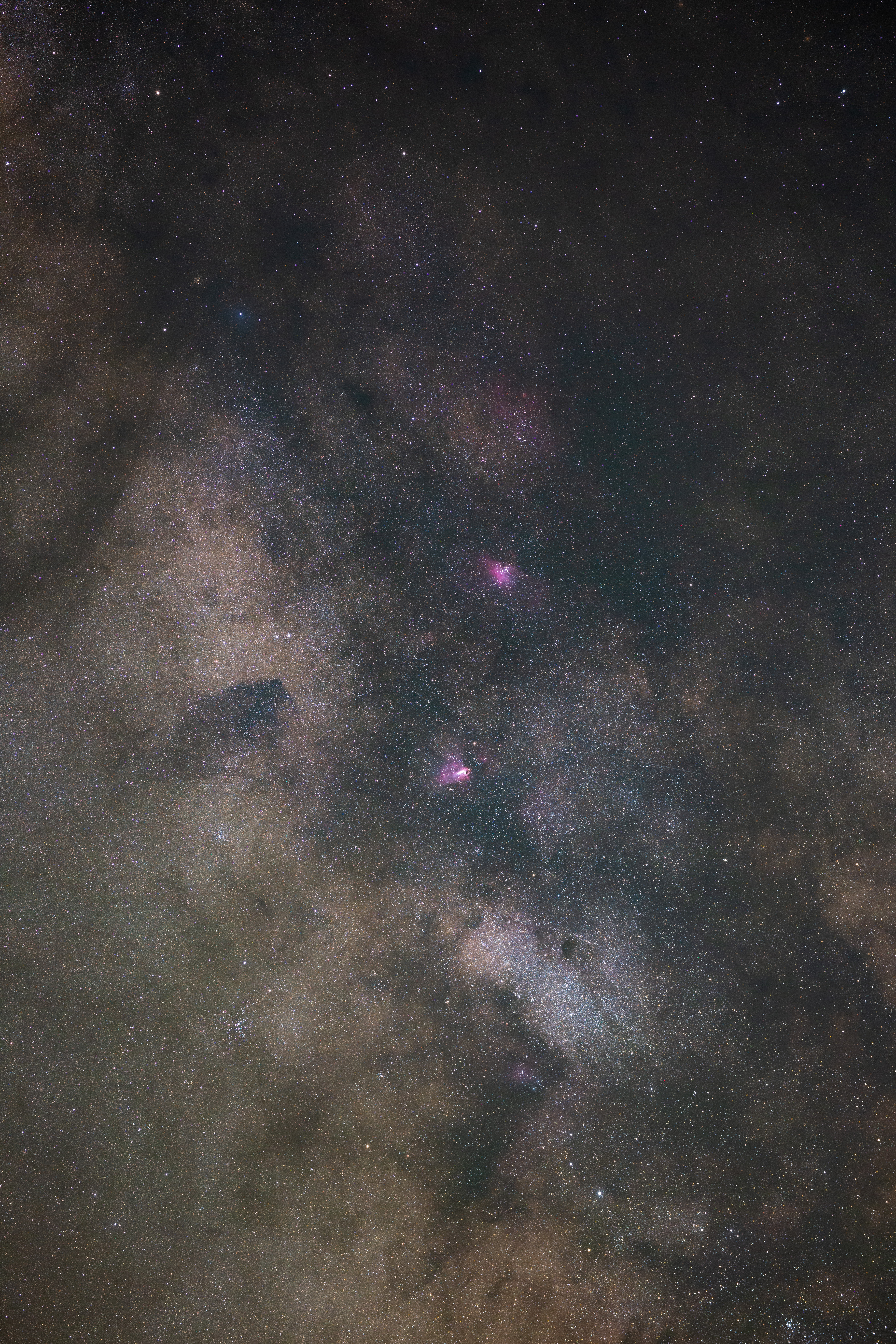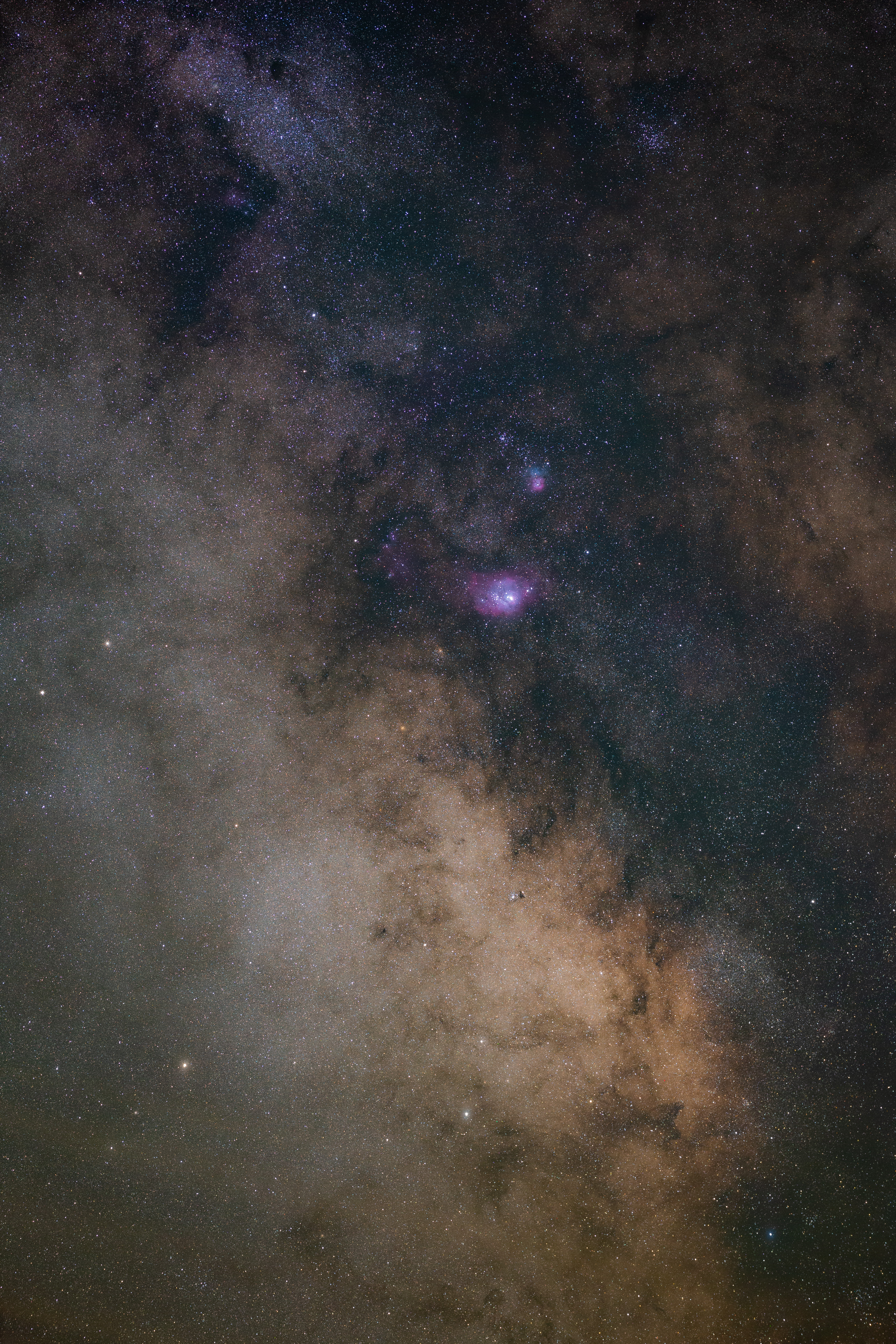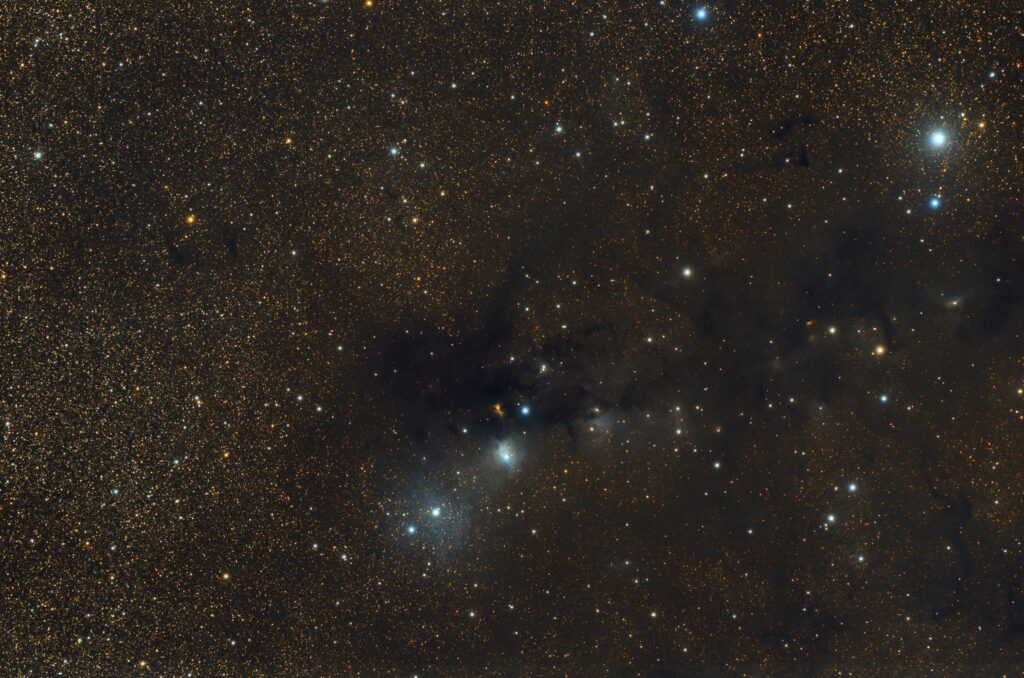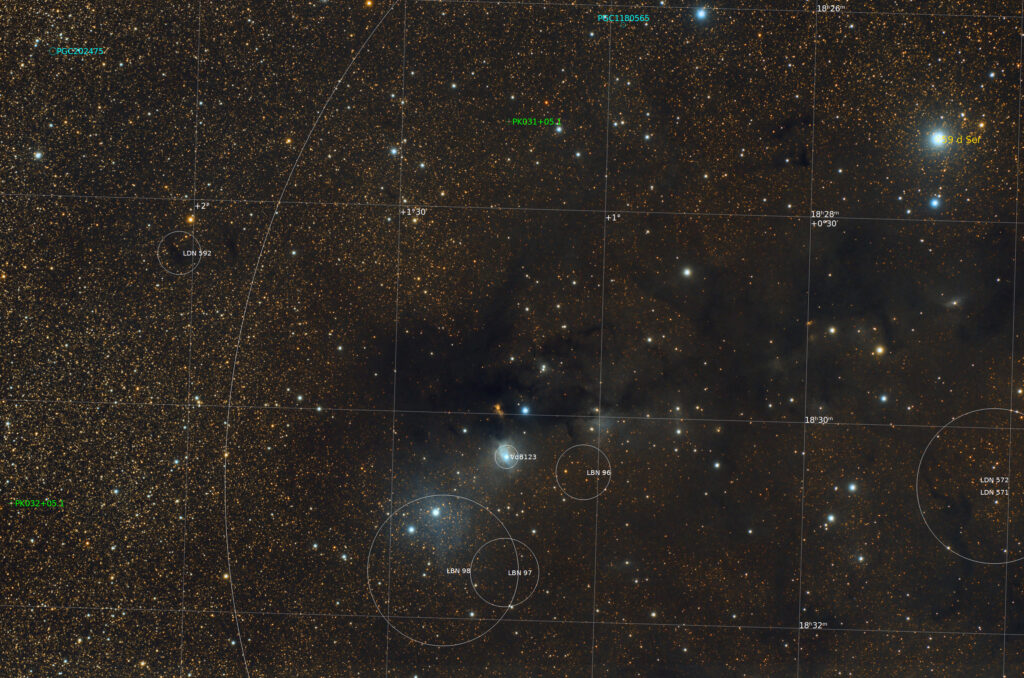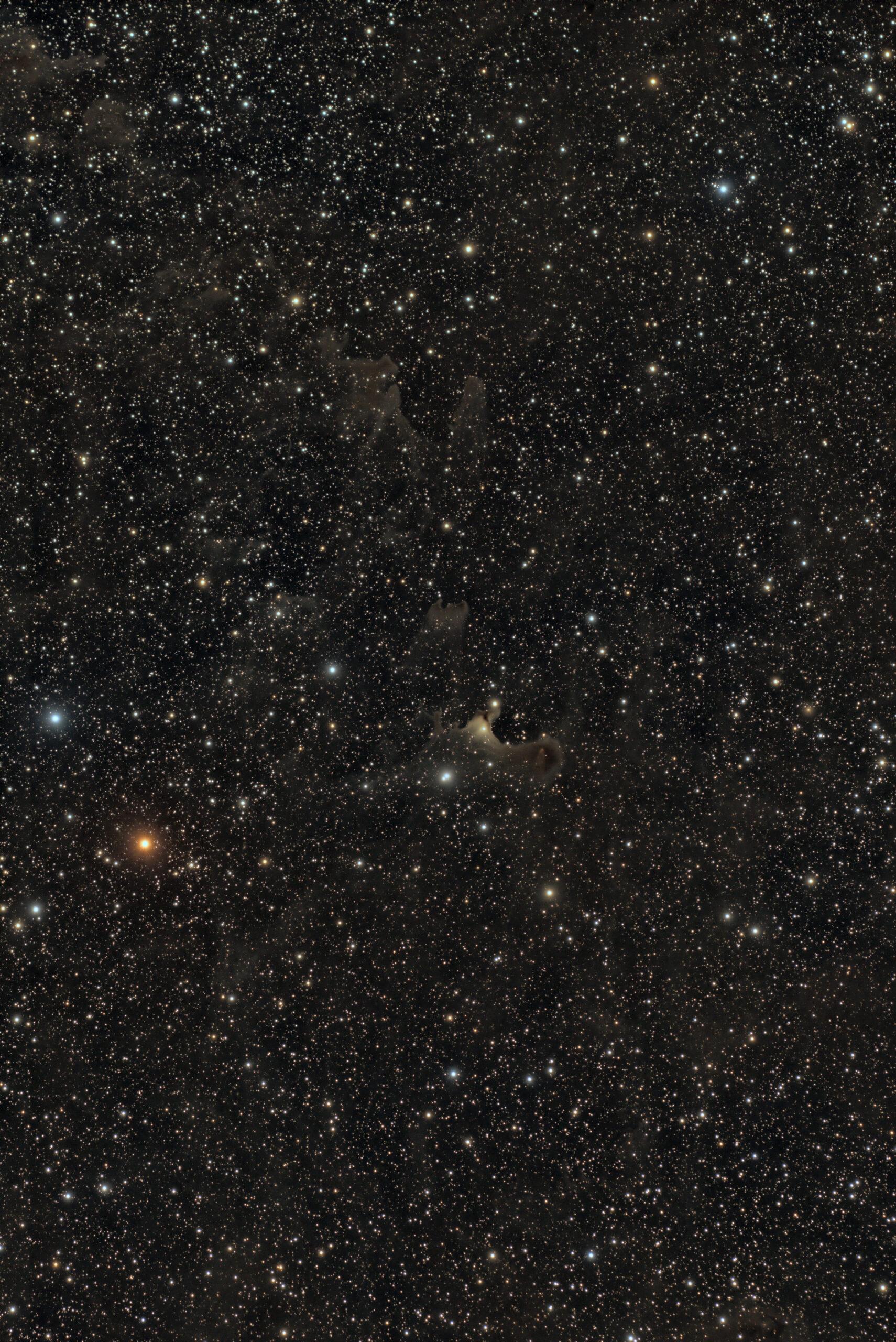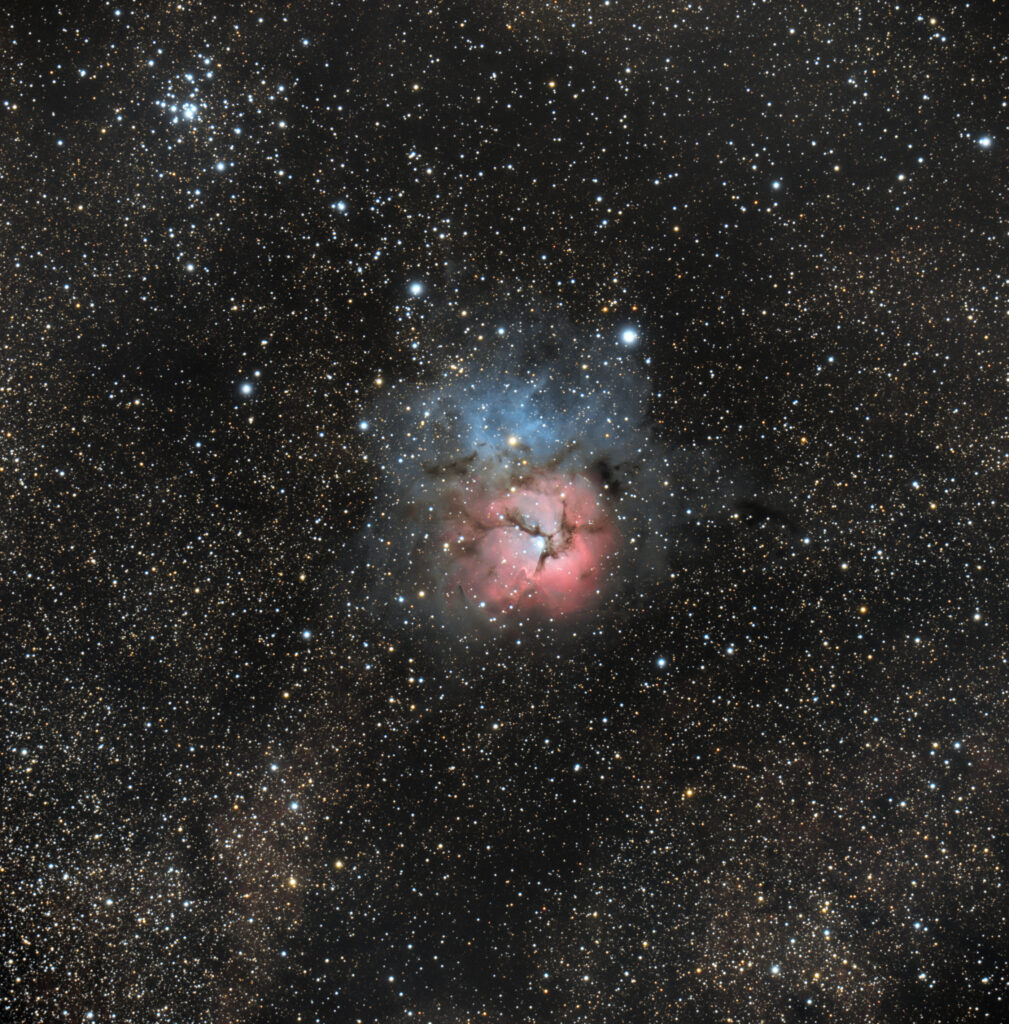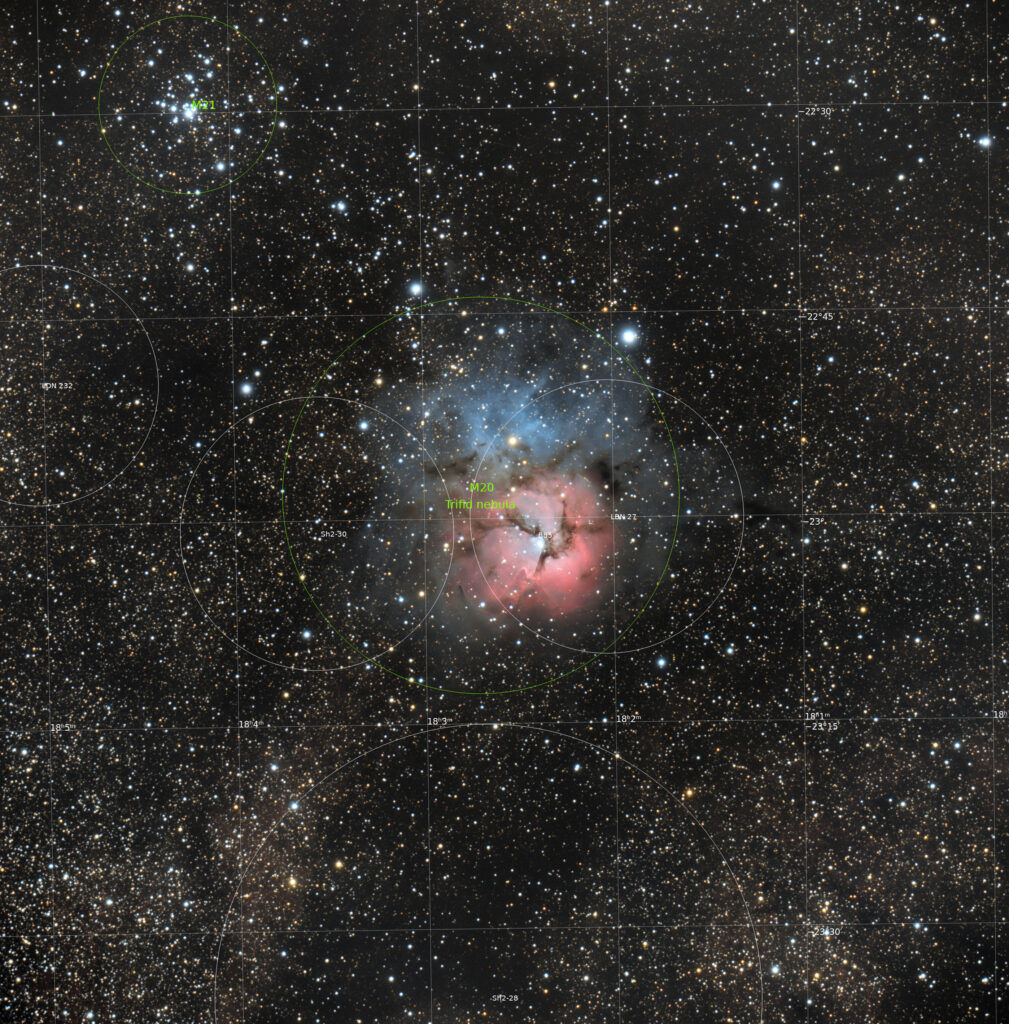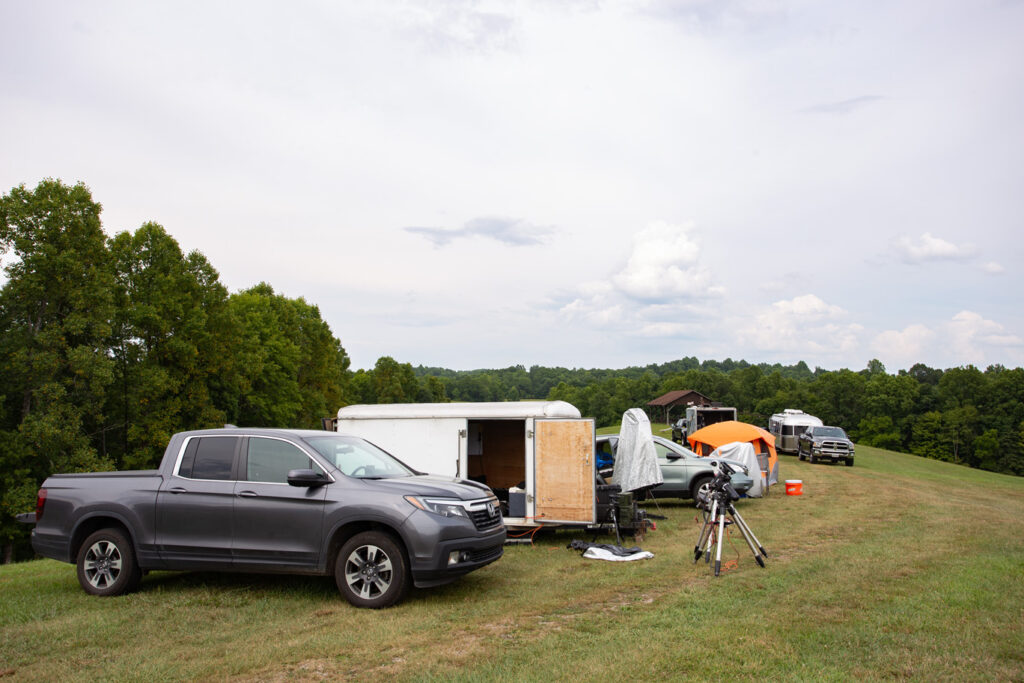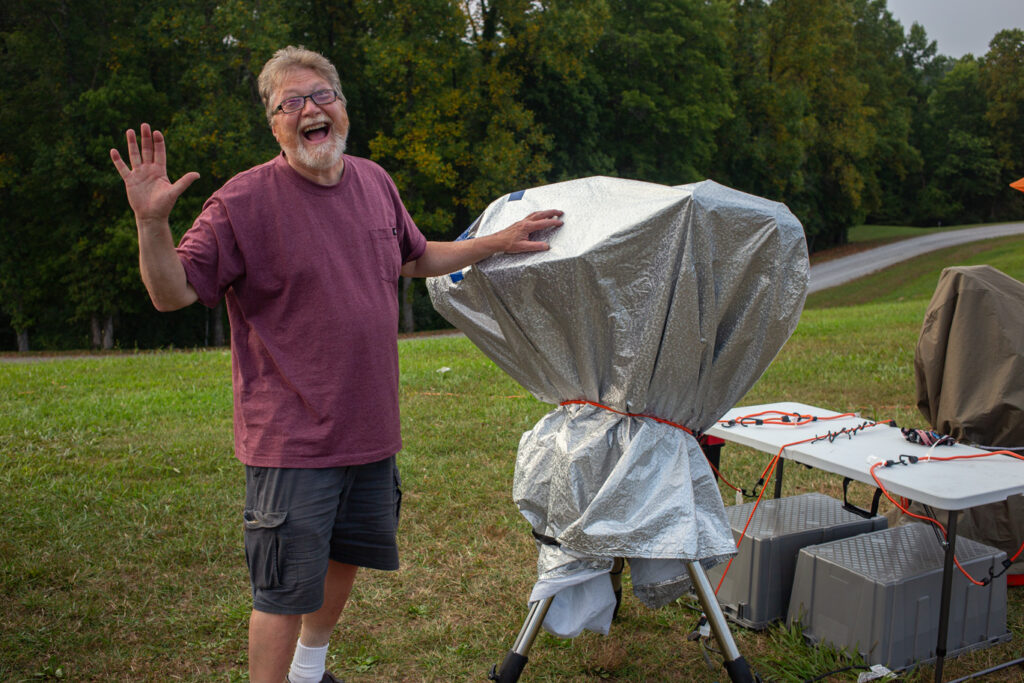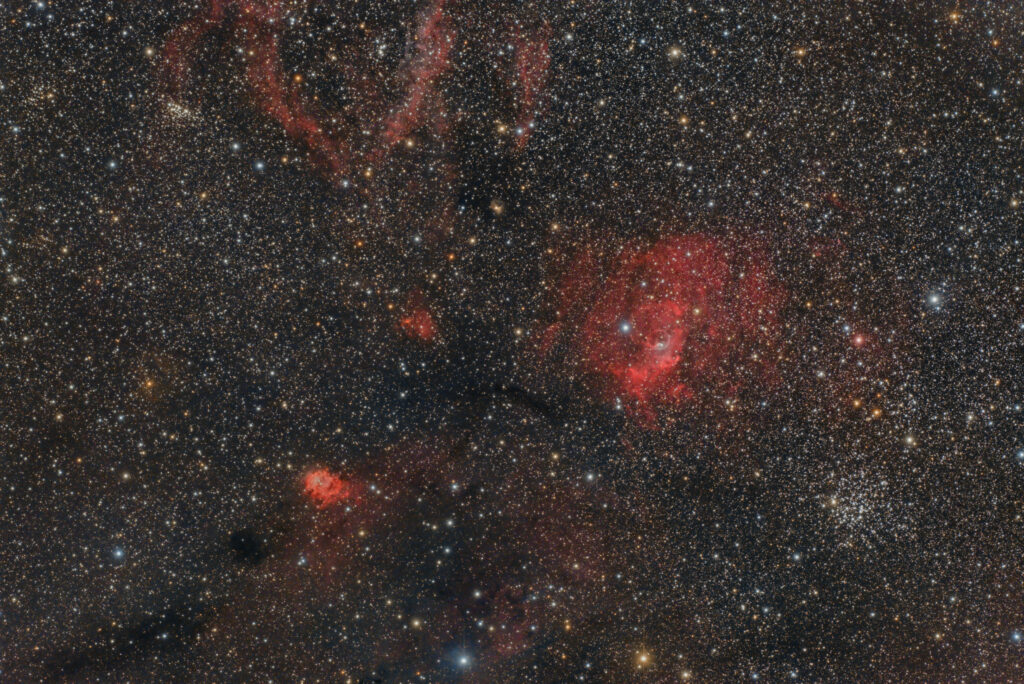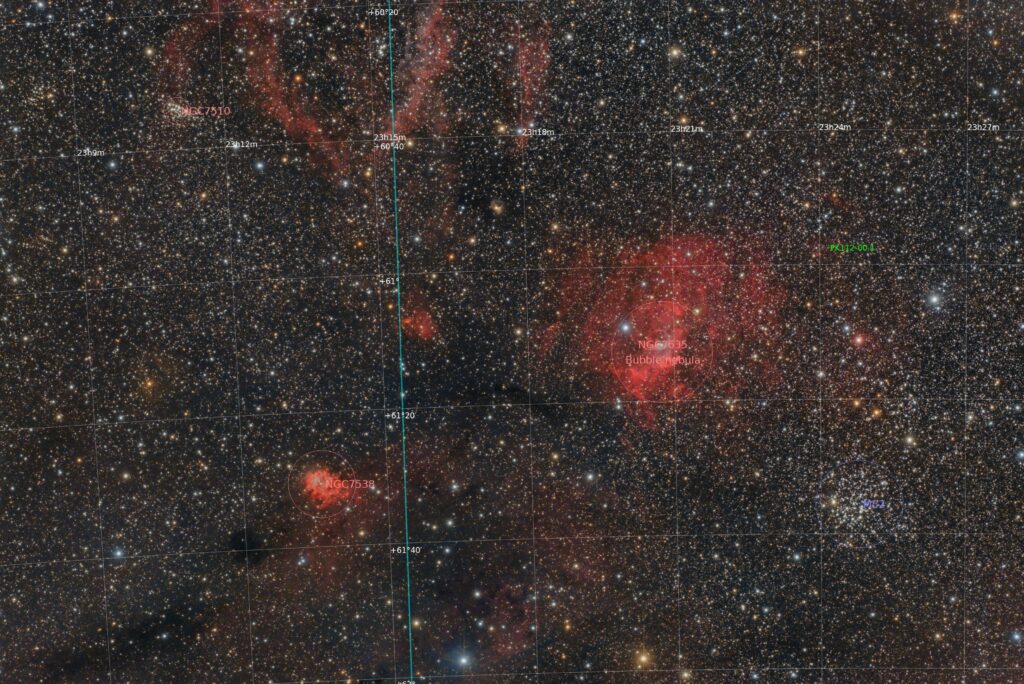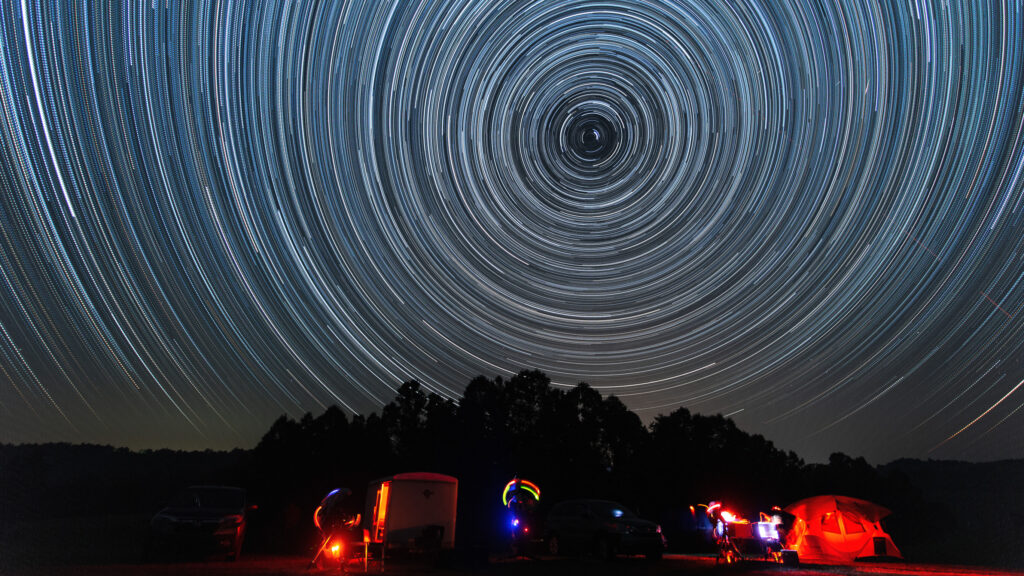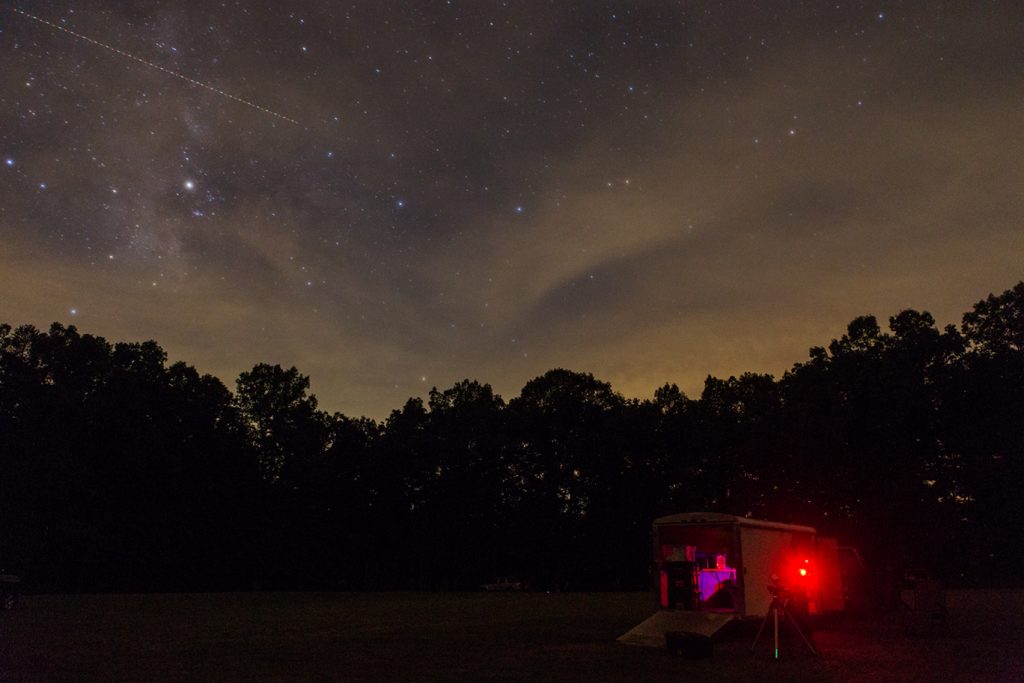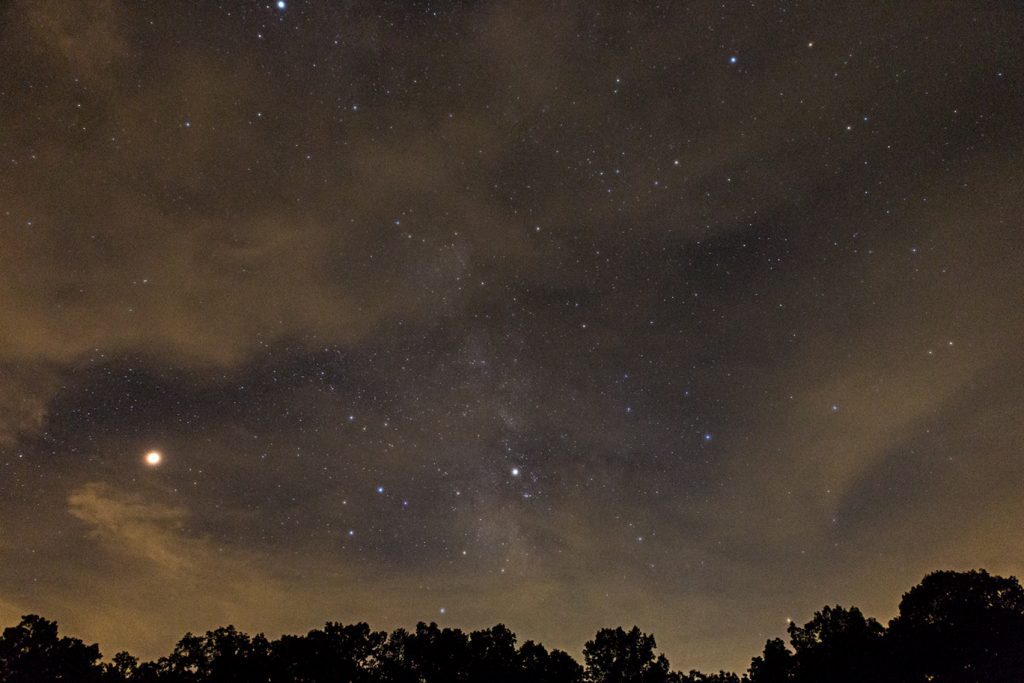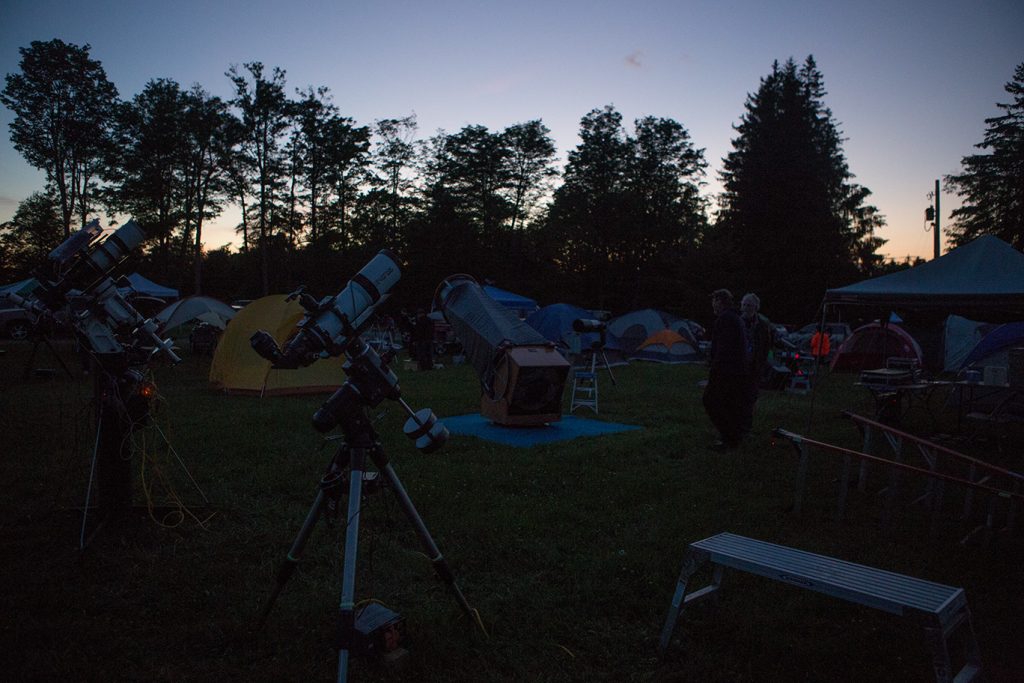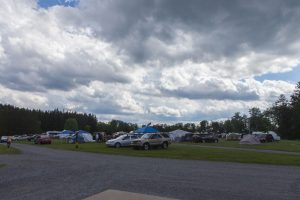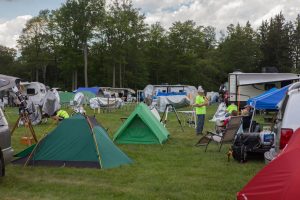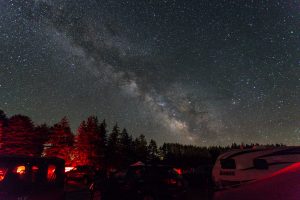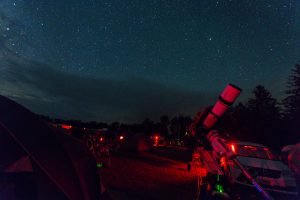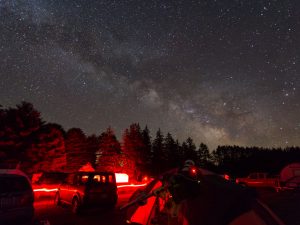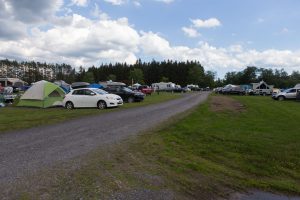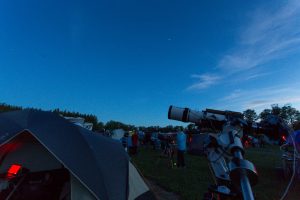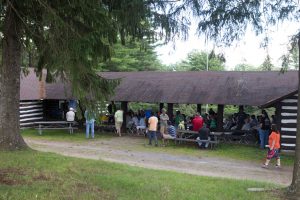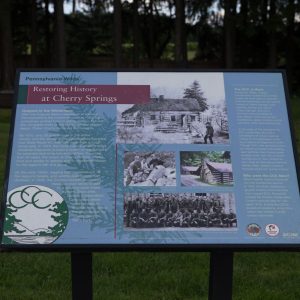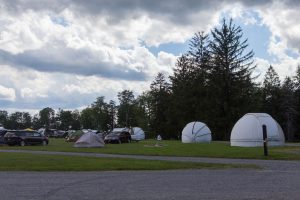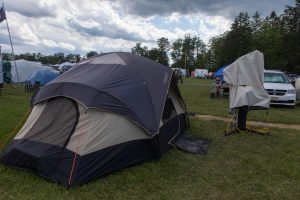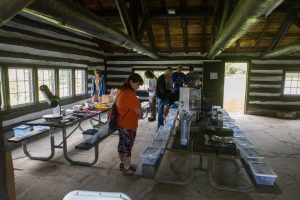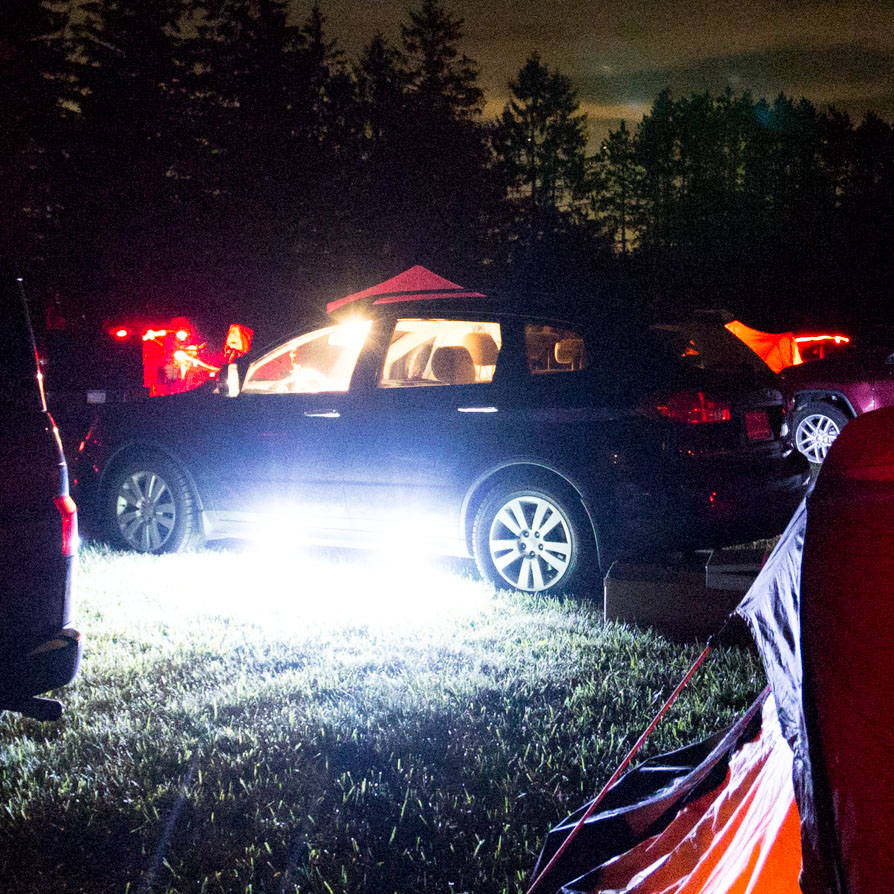We had four relatively clear nights in a row. Some didn’t start great but all four produced usable imaging time even if the nights aren’t much more than 4 hours of astronomical darkness this time of year.
A couple shots with the Canon 6D DSLR and a Rokinon 135mm wide open at f/2.
vdB 123 – Taken with FSQ-106ED and QHY268C OSC CMOS Camera on an AP900GTO Mount, 58 x 5min exposures totaling 4.8 Hours Exposure across two nights.
Sh2-136 Taken with FSQ-106ED and QHY268C OSC CMOS Camera on AP900GTO Mount, 79 x 5 minute exposures totaling ~6.6 Hours Exposure time across two nights.
M20 – The Trifid Nebula: ZWO 533C OSC CMOS Camera with AP92 Refractor on Atlas EQ-G Mount. 57 x 5min exposures for a total of 4.75 hours captured across two nights.
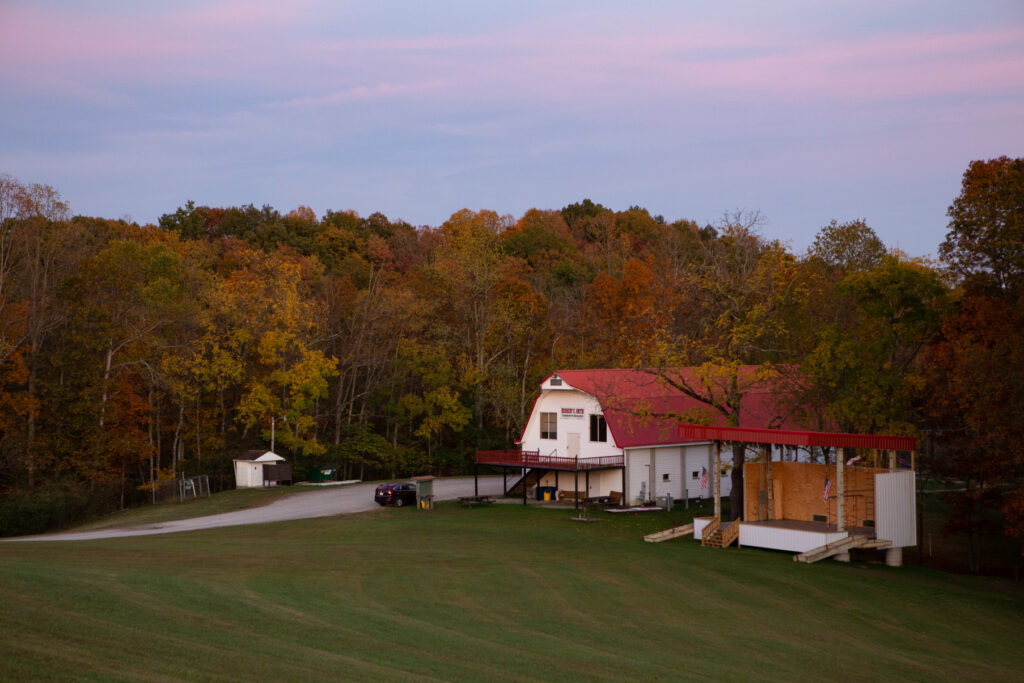
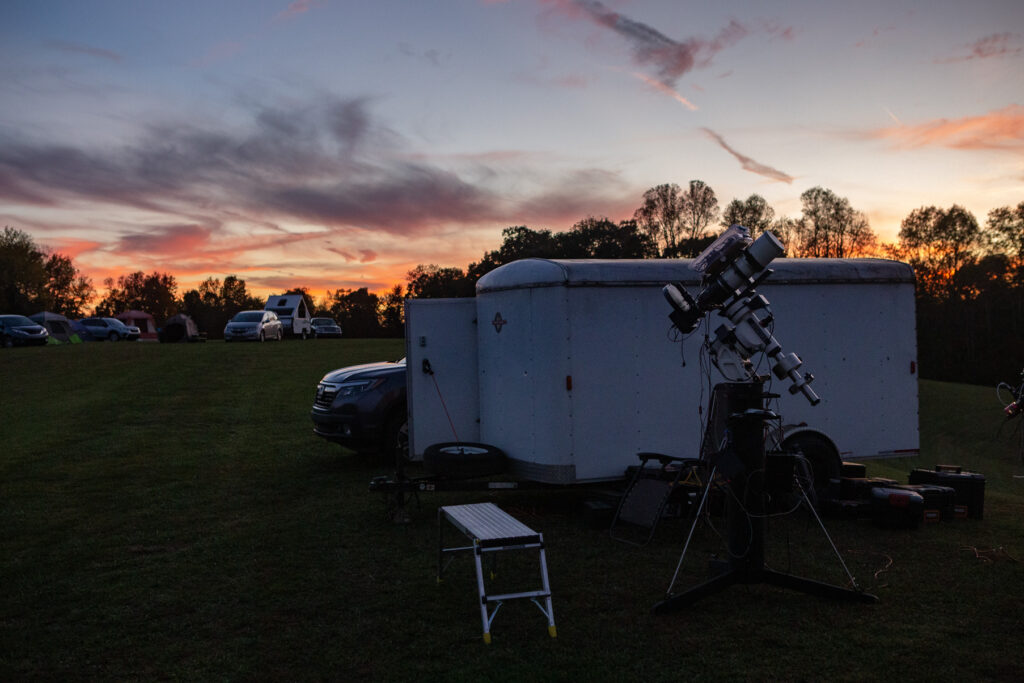
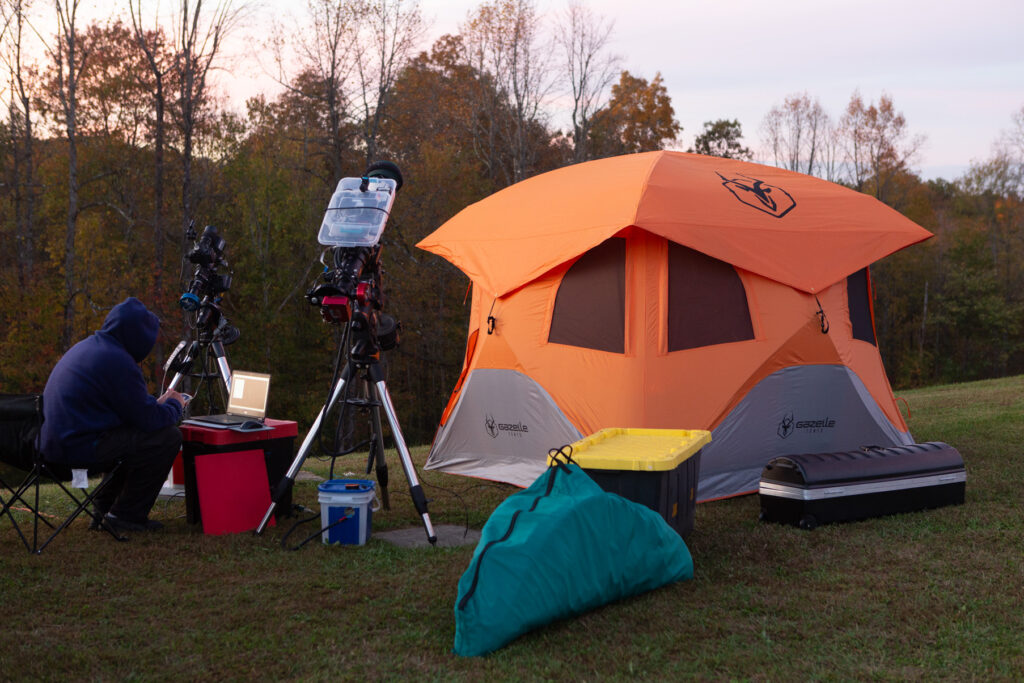
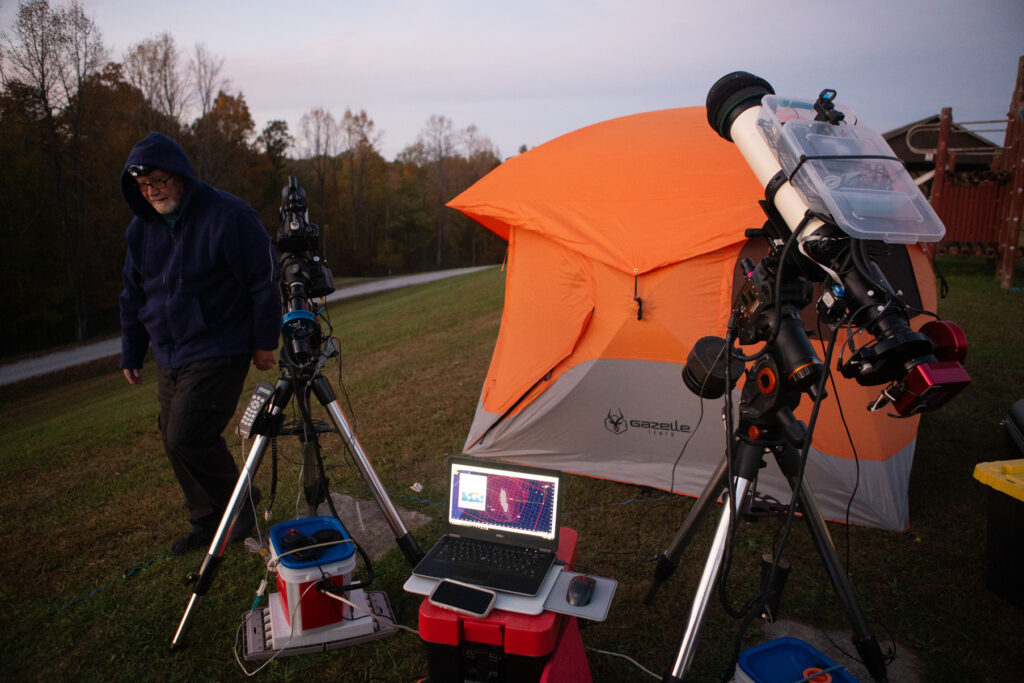
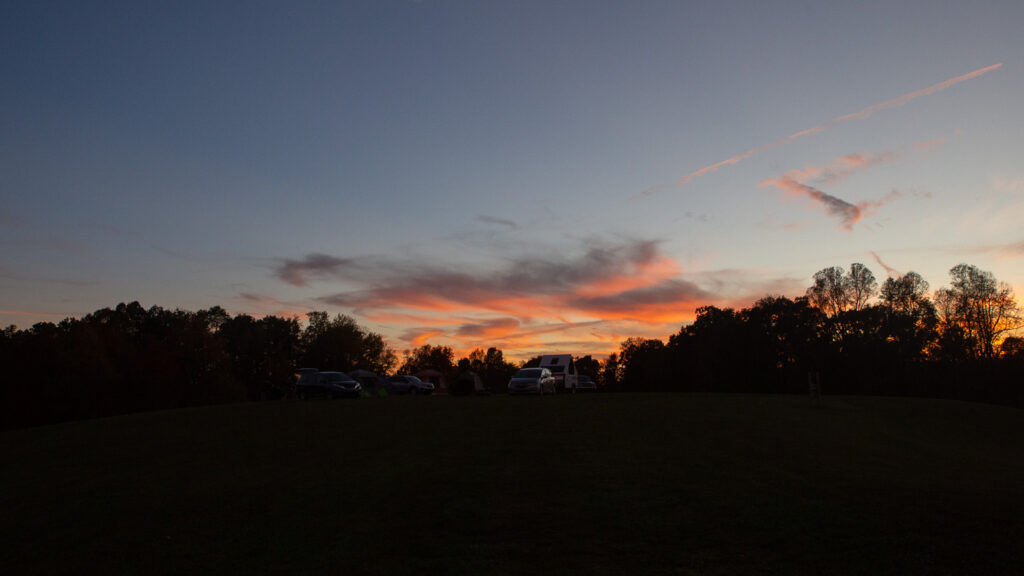
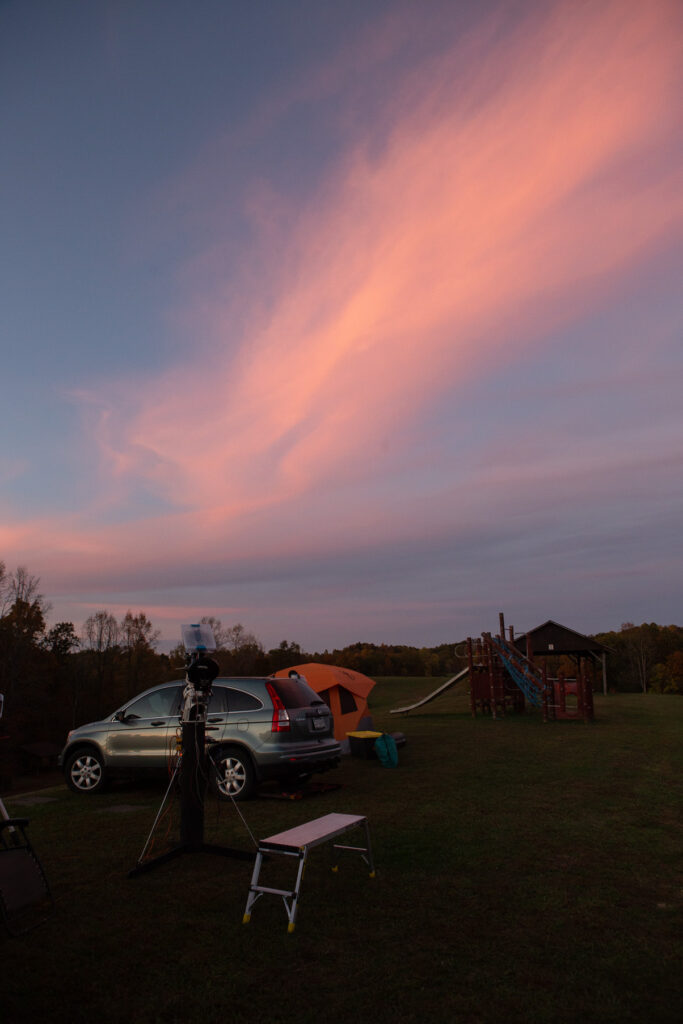
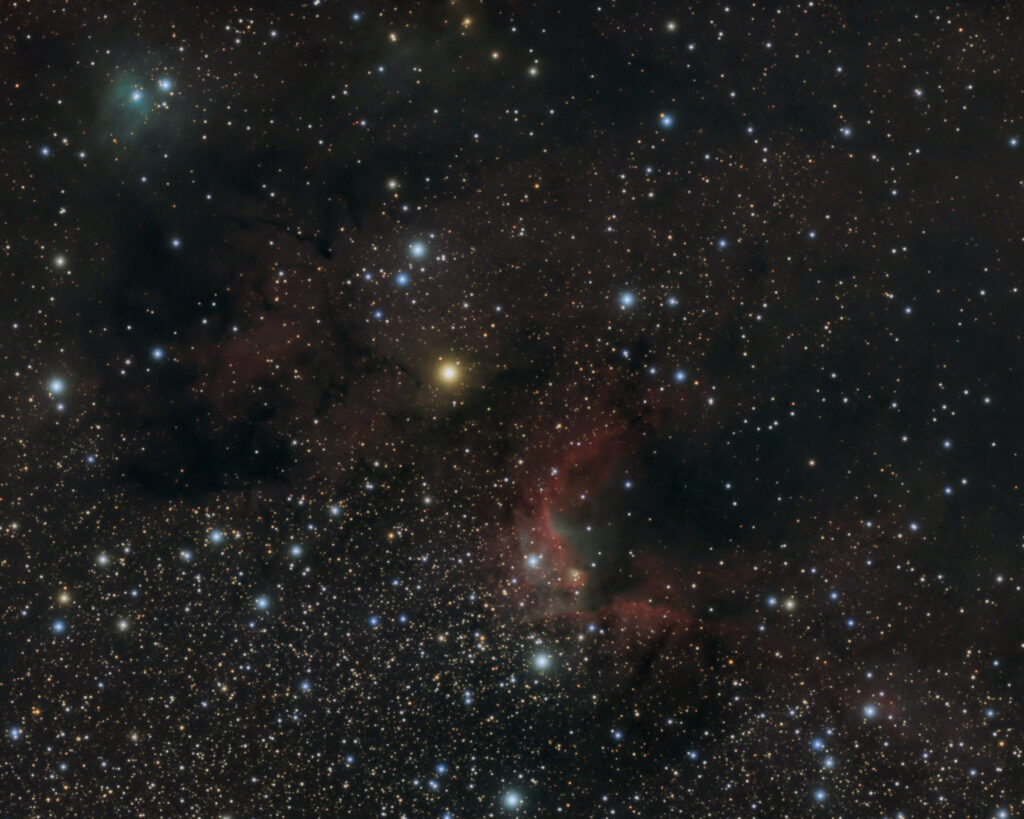
SVQ-100 with ASI533MC OSC CMOS on Orion Atlas EQ-G Mount
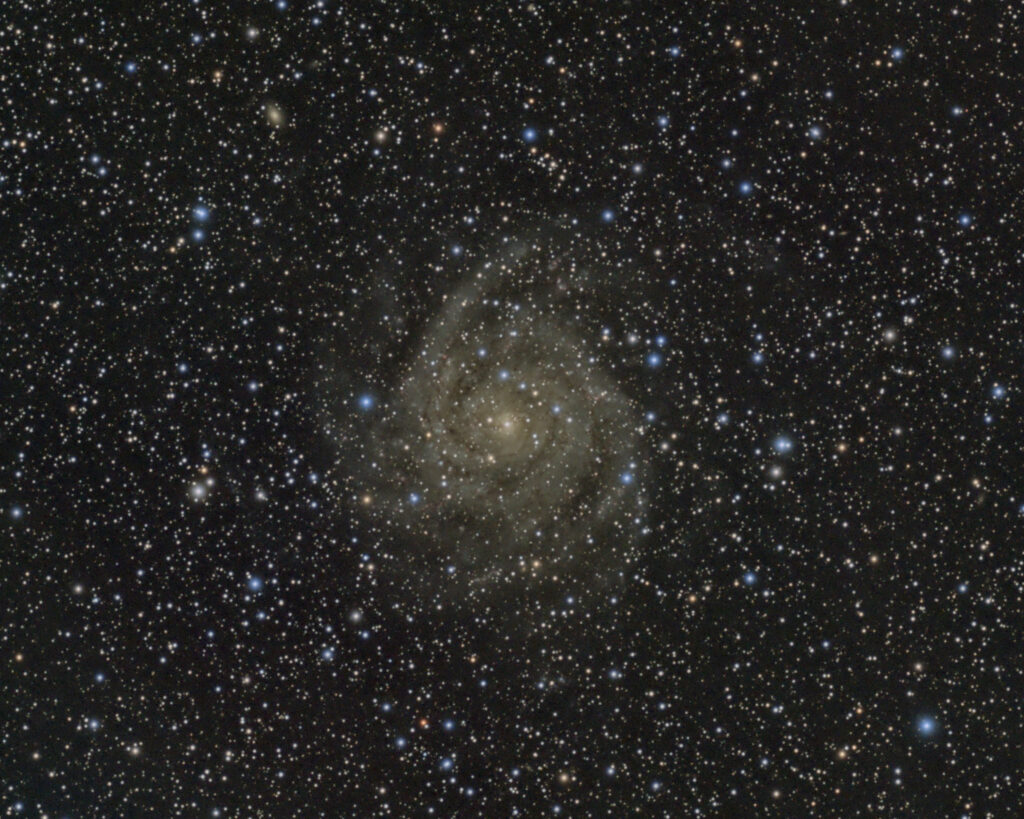
SVQ-100 with ASI533MC OSC CMOS on Orion Atlas EQ-G Mount
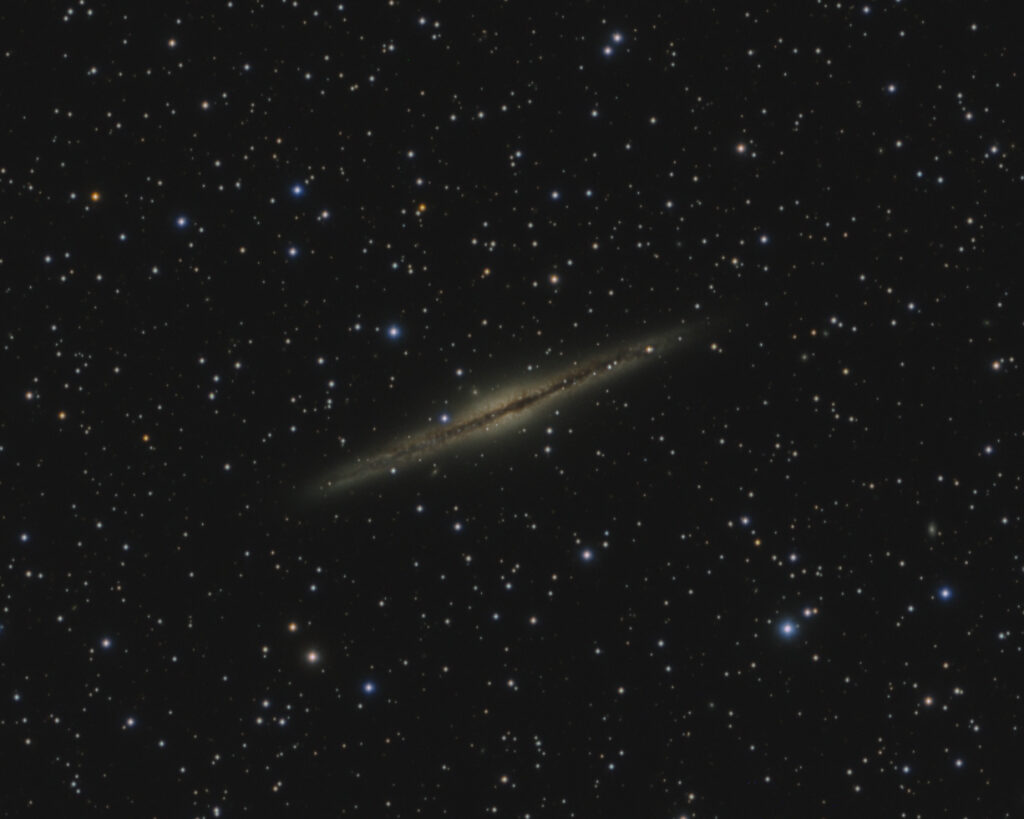
SVQ-100 with ASI533MC OSC CMOS on Orion Atlas EQ-G Mount

SVQ-100 with ASI533MC OSC CMOS on Orion Atlas EQ-G Mount
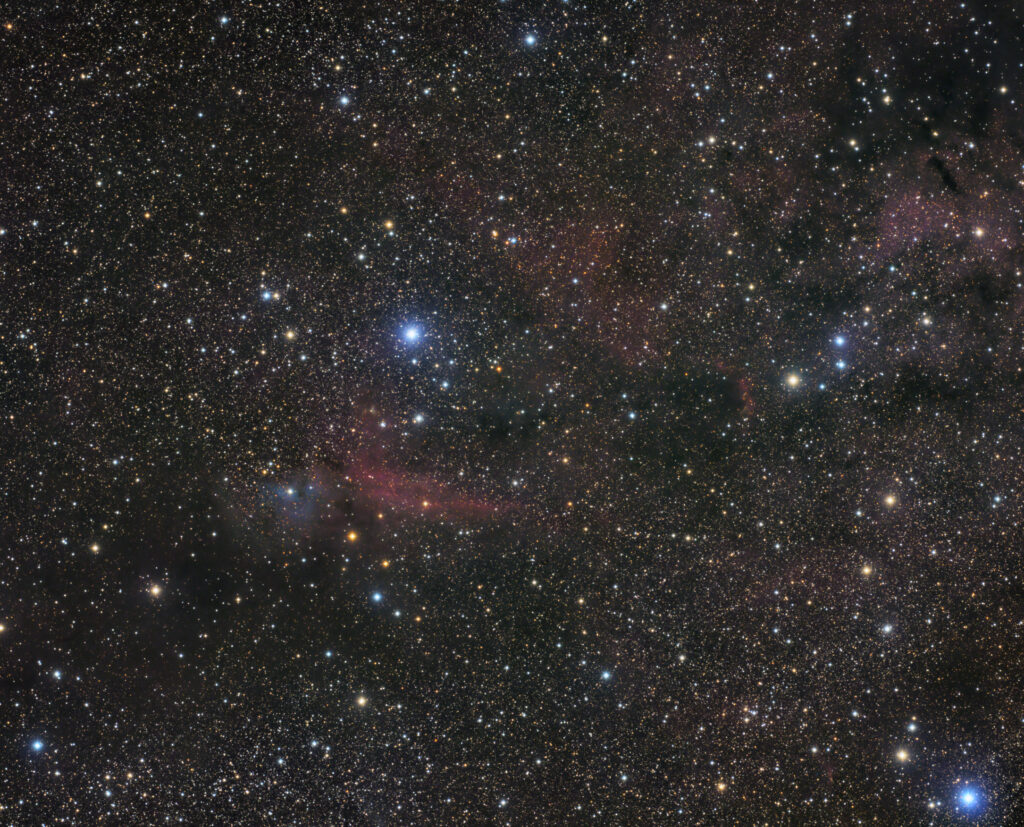
FSQ-106ED with SX-46 Mono CCD on AP900GTO
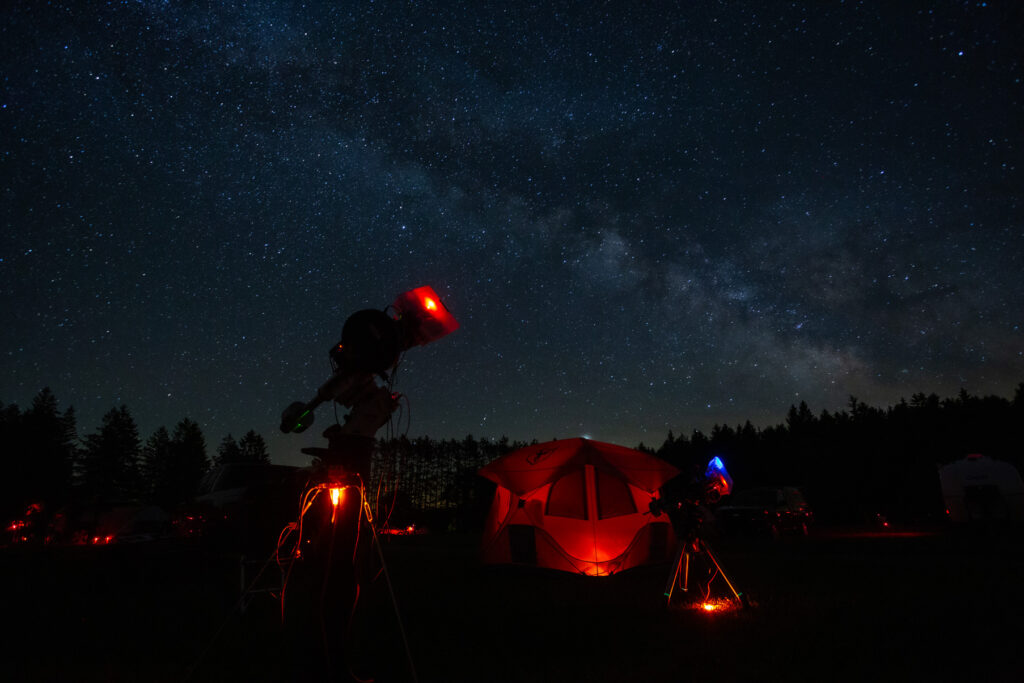
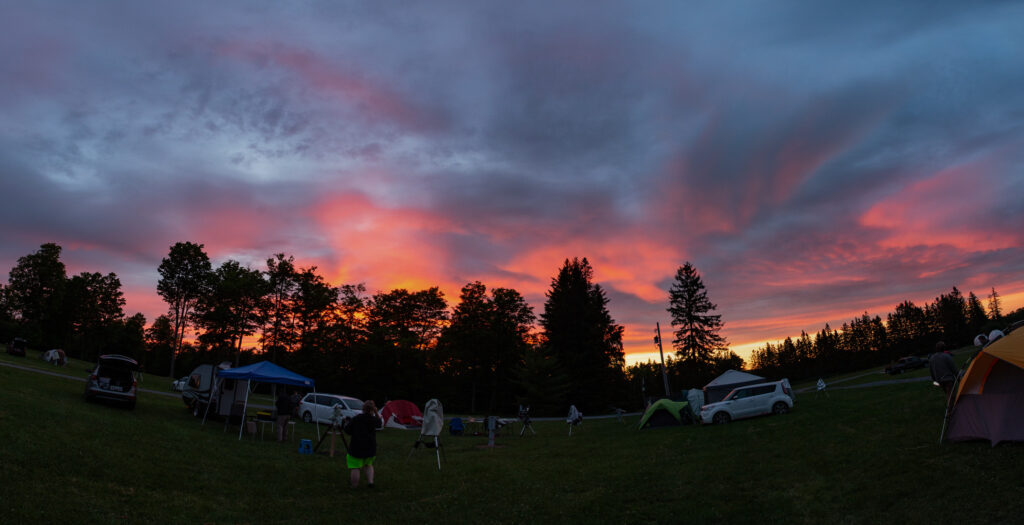
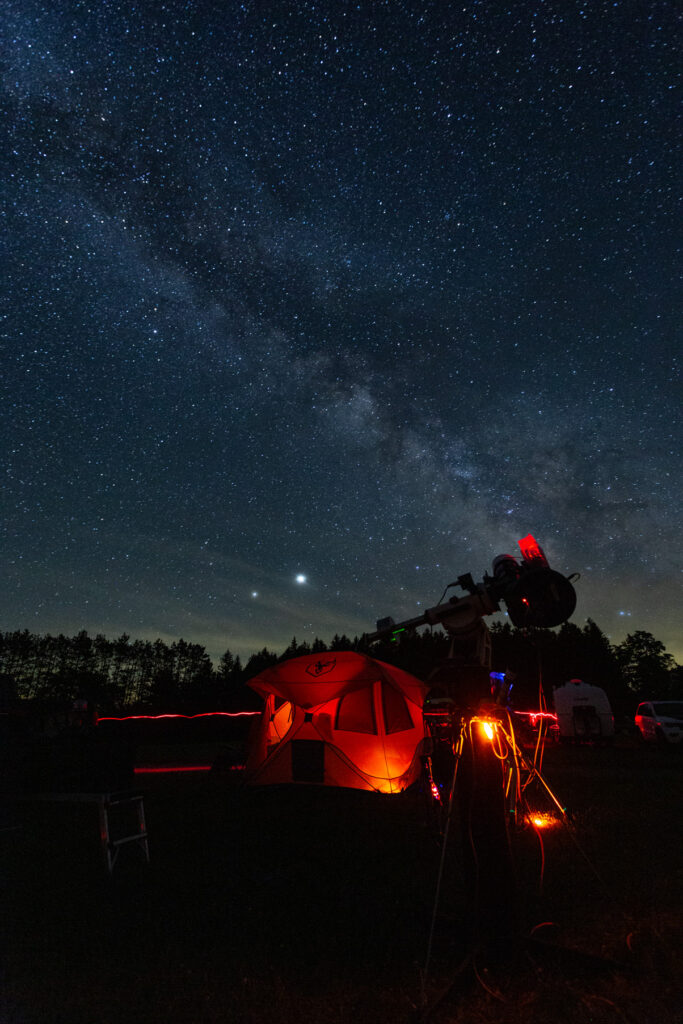
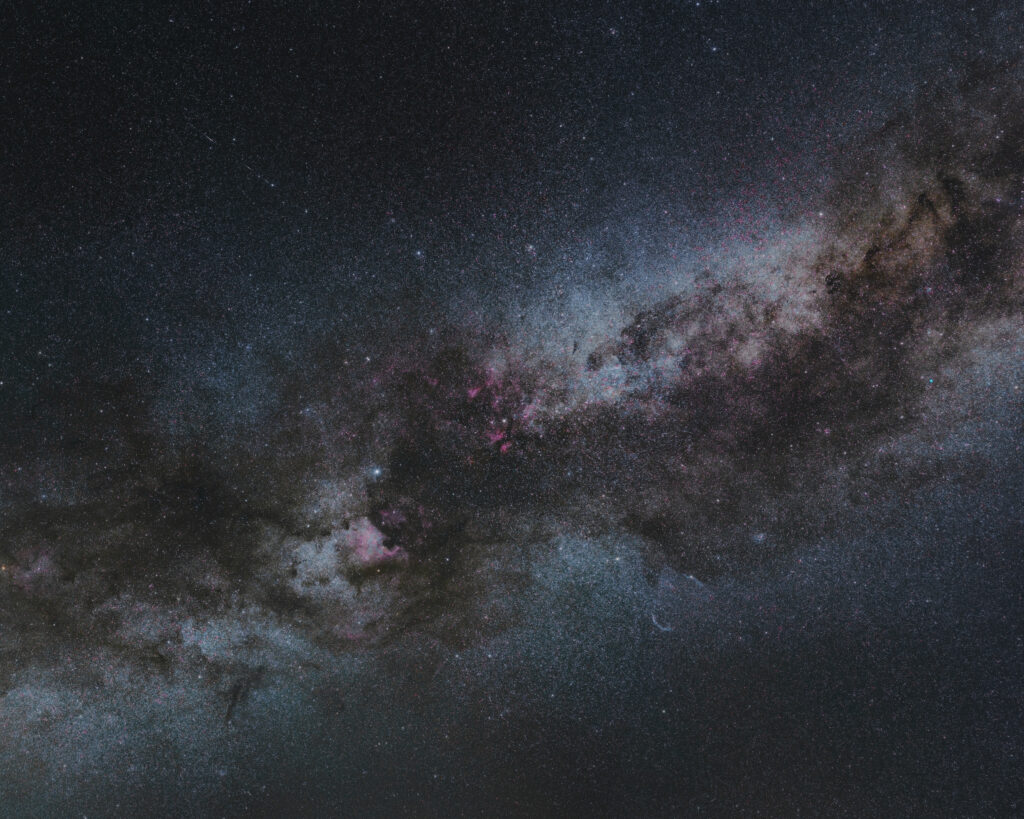
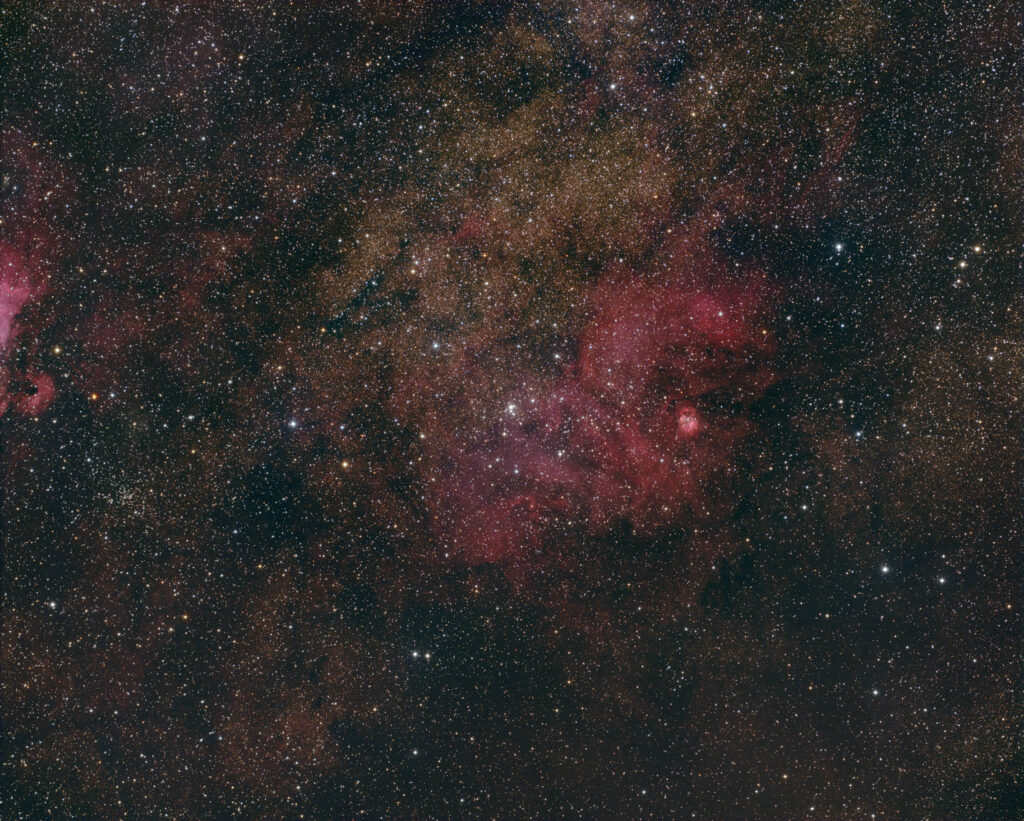
Pickett State Park Dark Sky Celebration Weekend (8/30/2019)
We had some great weather for the annual star party at Pickett State Park, TN last new moon. This star party is still young and looking to grow. The park rangers are doing a great job, it’s a great venue for presentations and a great field for observing / photography. I’m not sure why it still remains a hidden gem of sorts.
Overall sky quality, other than some early clouds, was excellent. With SQM measurements around 21.77 mag/arcsec^2 this was the darkest I’ve seen Pickett. I would note too that of the other dark sky sites I routinely visit, this quality of night is nothing to complain about.

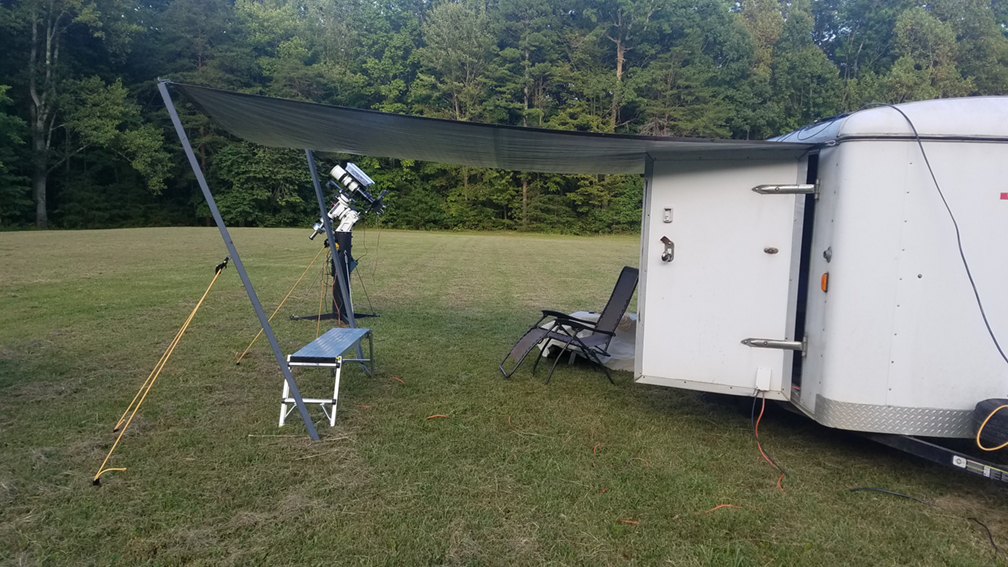
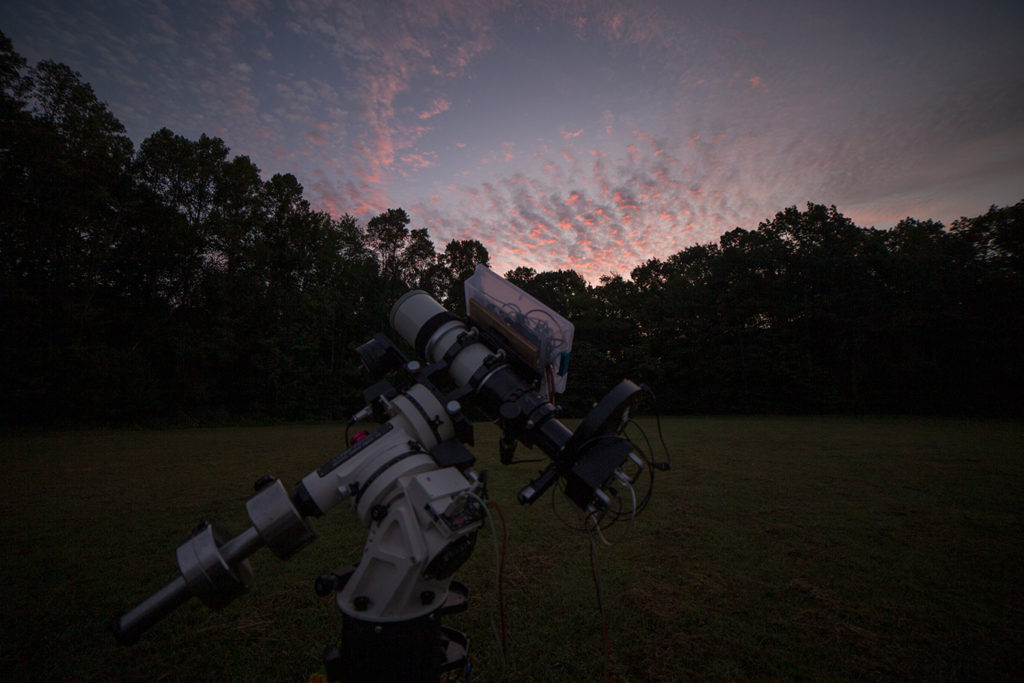
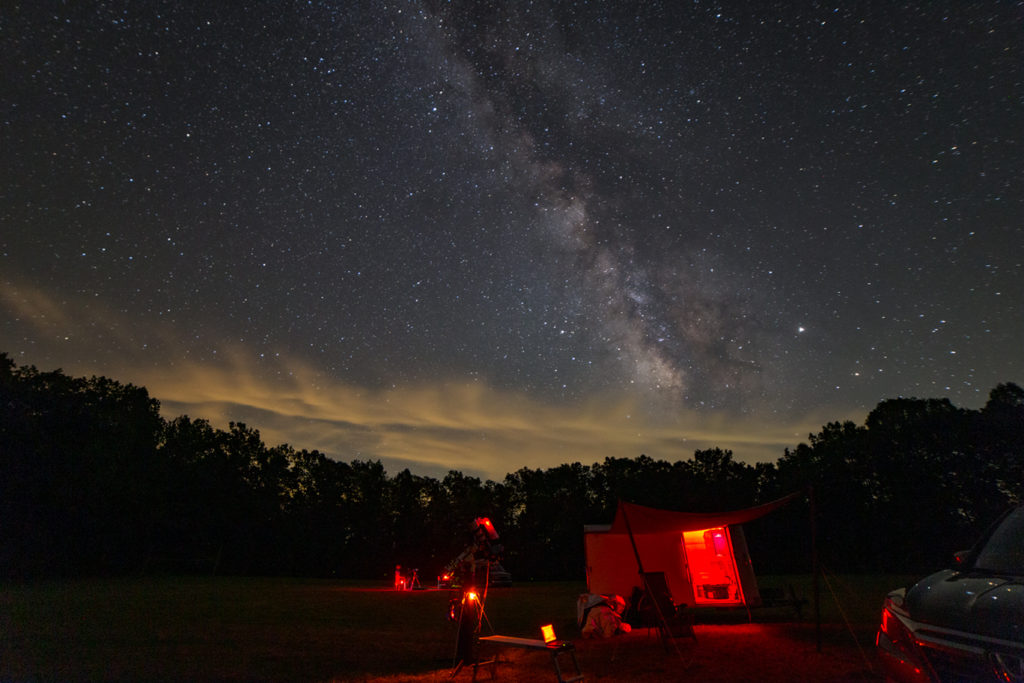
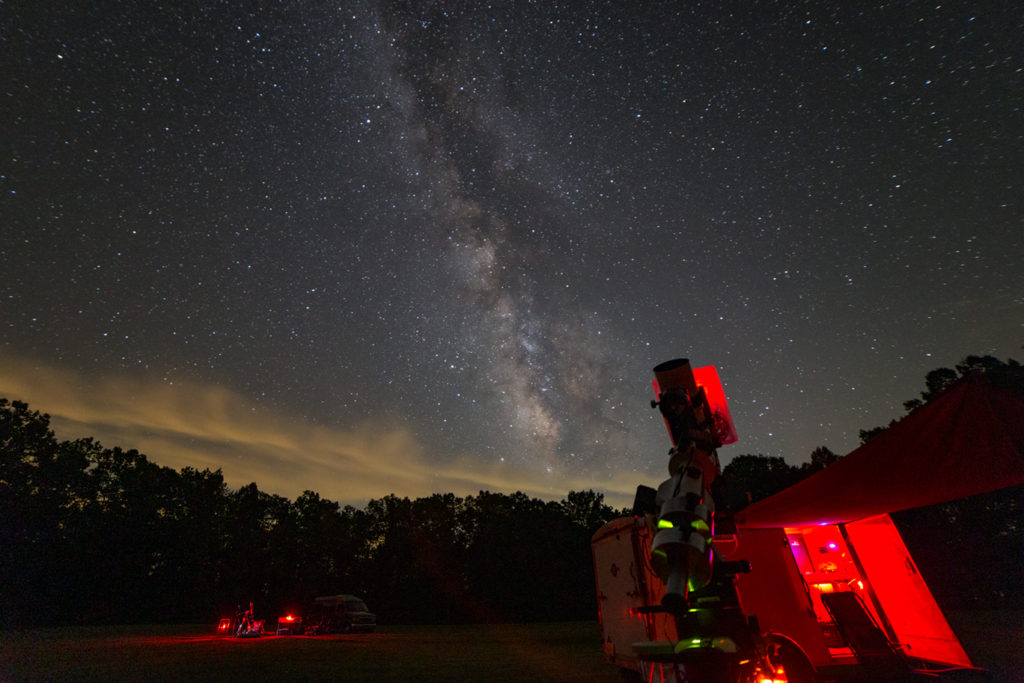
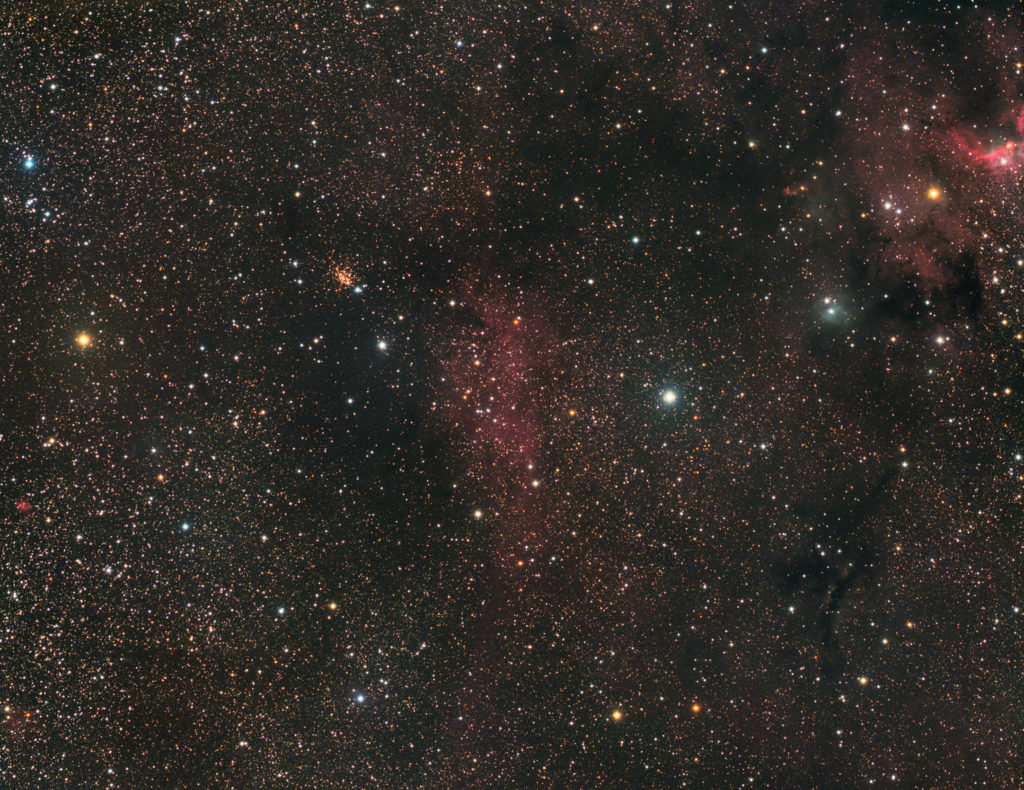
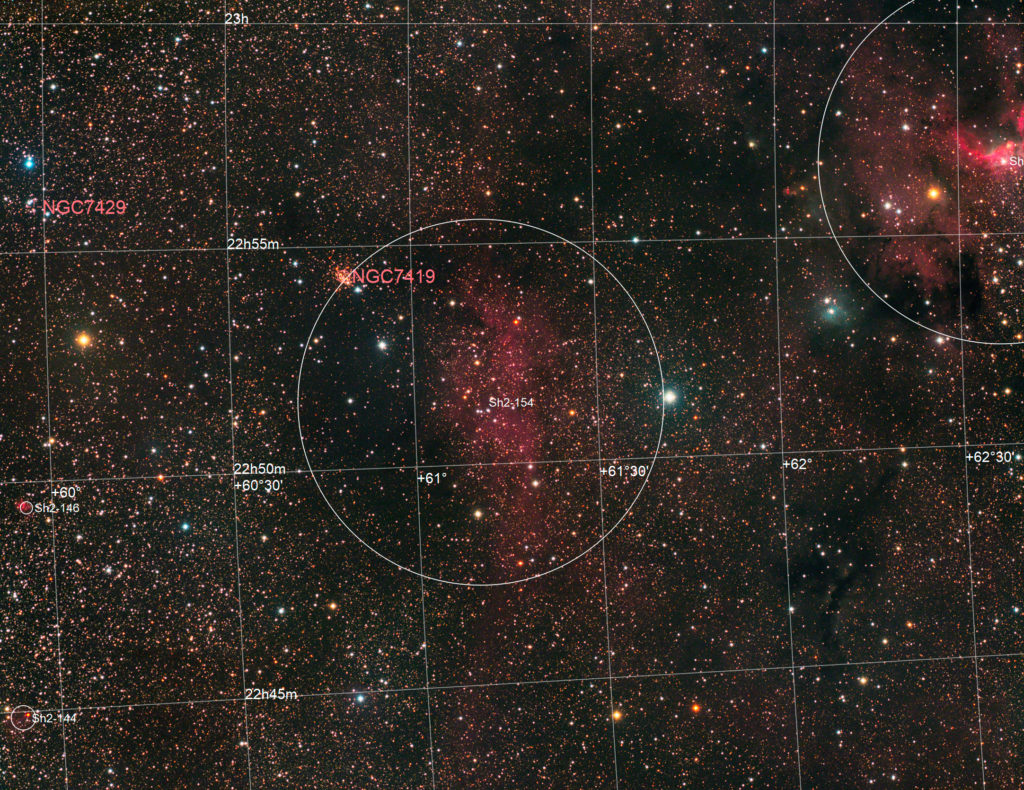
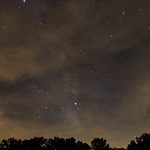
Unfortunately we were mostly clouded out for the star party. From the sounds of it some of the other big star parties going on concurrently were also clouded out. It just wasn’t a good weather weekend for a large portion of the eastern US. Regardless of the clouds, the rangers at Pickett put together some good food and speakers for the event to keep it entertaining. I stayed for only one night and snapped a few pics of the hazy skies with the Milky Way trying to peak through.
I made the 13 hour trip up to Cherry Springs State Park for the Annual CSSP Star Party hosted by the Astronomical Society of Harrisburg PA, Inc. I went up a few days before the star party since it’s always helpful to get a good spot. Those of us that were there early on Monday night were treated to a fabulous night with SQM measurements >21.9! Overall it was an amazing streak of clear weather for PA with a total of 4 imaging nights. I was hoping for one or two so as not to set my expectations too high so I was very pleased with four nights!
I even did a little visual at low power with a 4″ refractor. LDN 1795 (large 50’x50’dark nebula in Scorpius) looked absolutely amazing to me at 19X. First time I had a WOW moment visually.
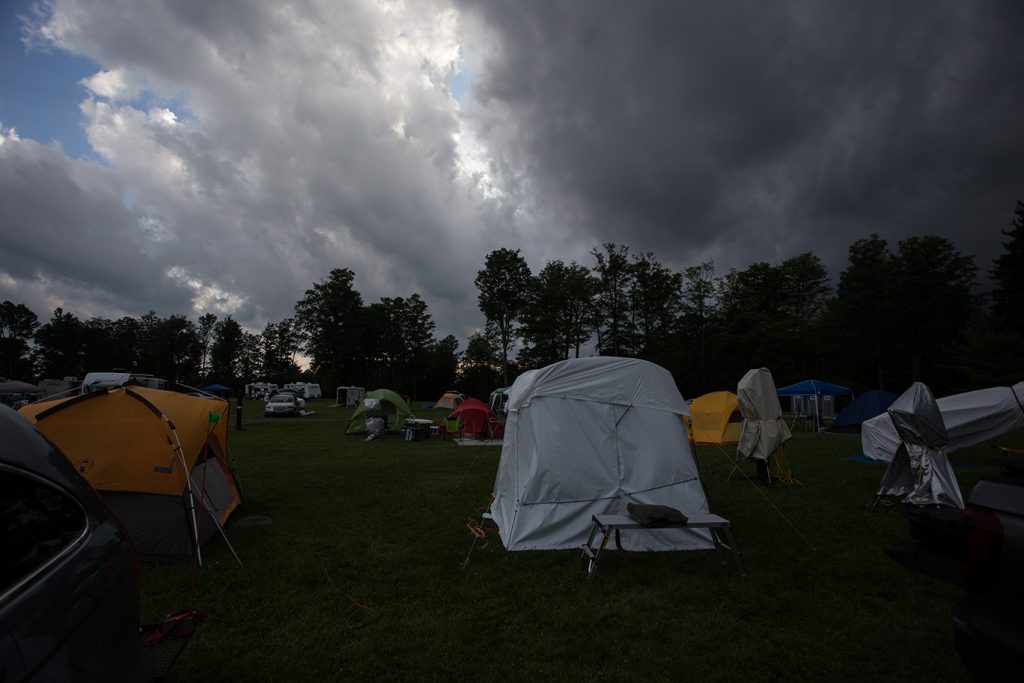
Just Some Slightly Concerning Weather Passing Through
Everything is buttoned up and locked down. Luckily it skirted us to the North.

B312 on the Edge of Sagittarius and Scutum
Canon 6D @ ISO 3200
Canon 70-200mm f/2.8 @f/4
8x240sec Exposure

M8 & M20 Nestled Among the Stars
Canon 6D @ ISO 3200
Canon 70-200 f/2.8 @ f/4
10x240sec total exposure
A couple images from last years 2017 CSSP that I finally got around to looking at. It wasn’t a very productive astrophotography trip but enjoyable none the less.
If you’re going to come to a star party like this please follow the rules and don’t be a rude jackass like the following guy. We all understand and tolerate some light issues, car alarms, and emergencies but when you light the place up over and over without any regard for your neighbors I would suggest staying home and not ruining everyone else’s vacation!
